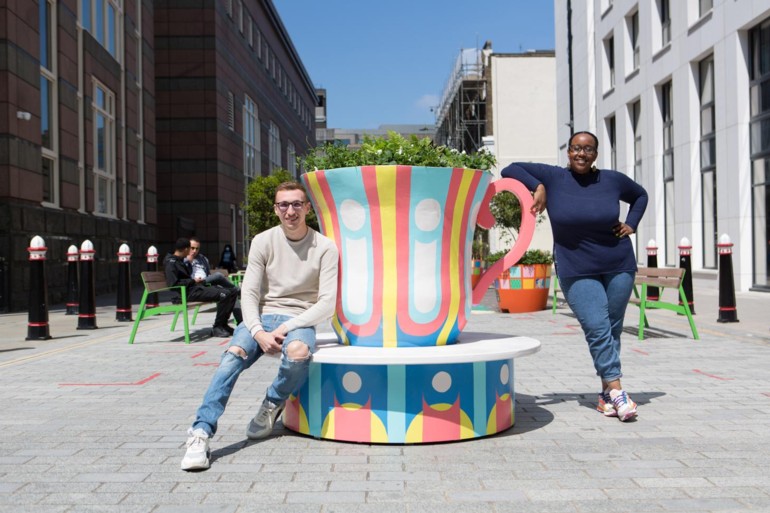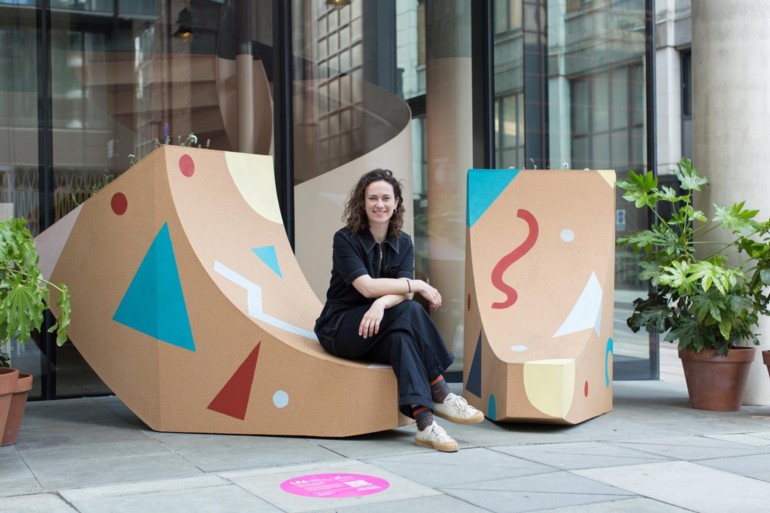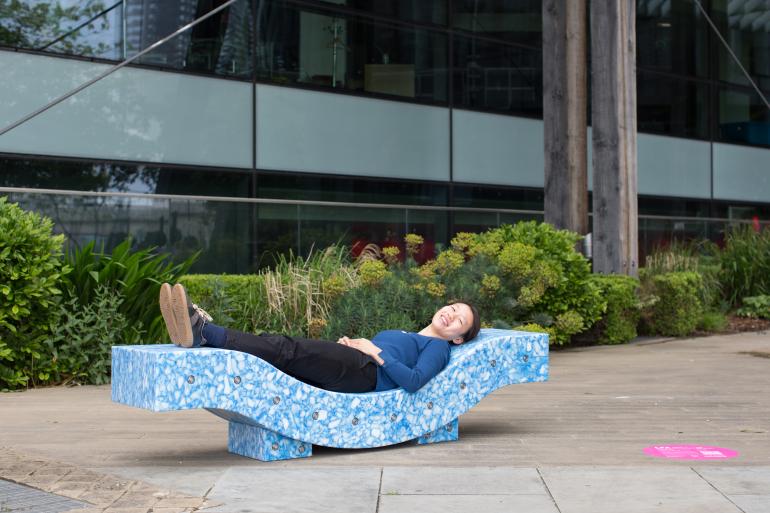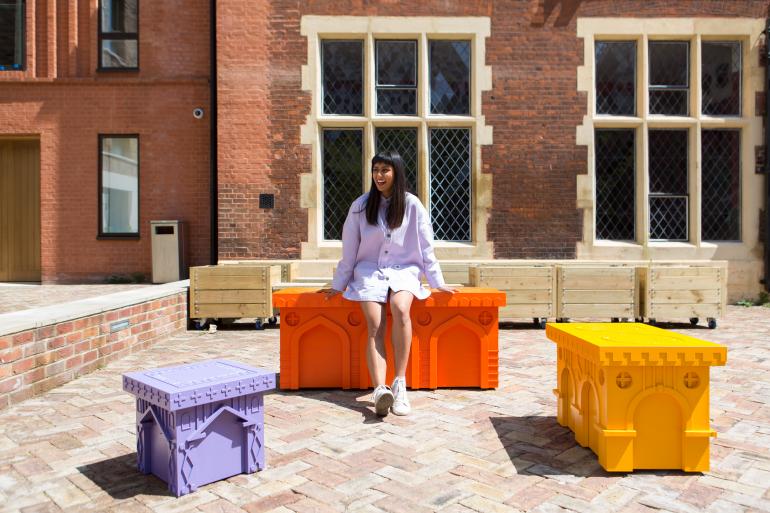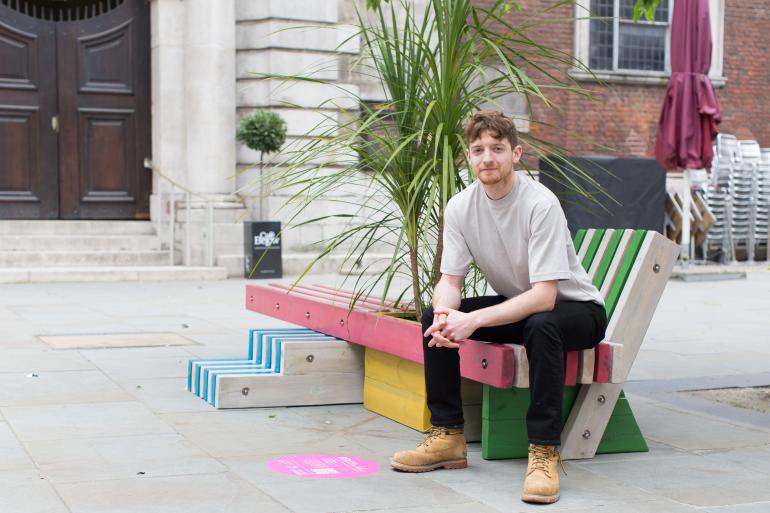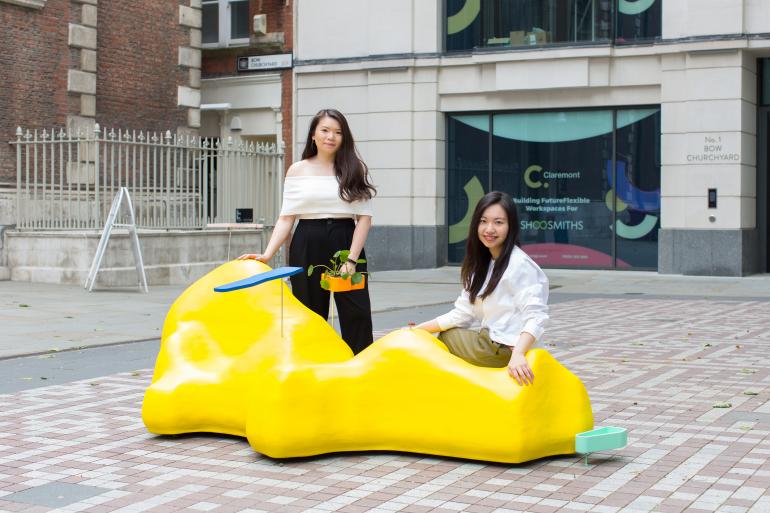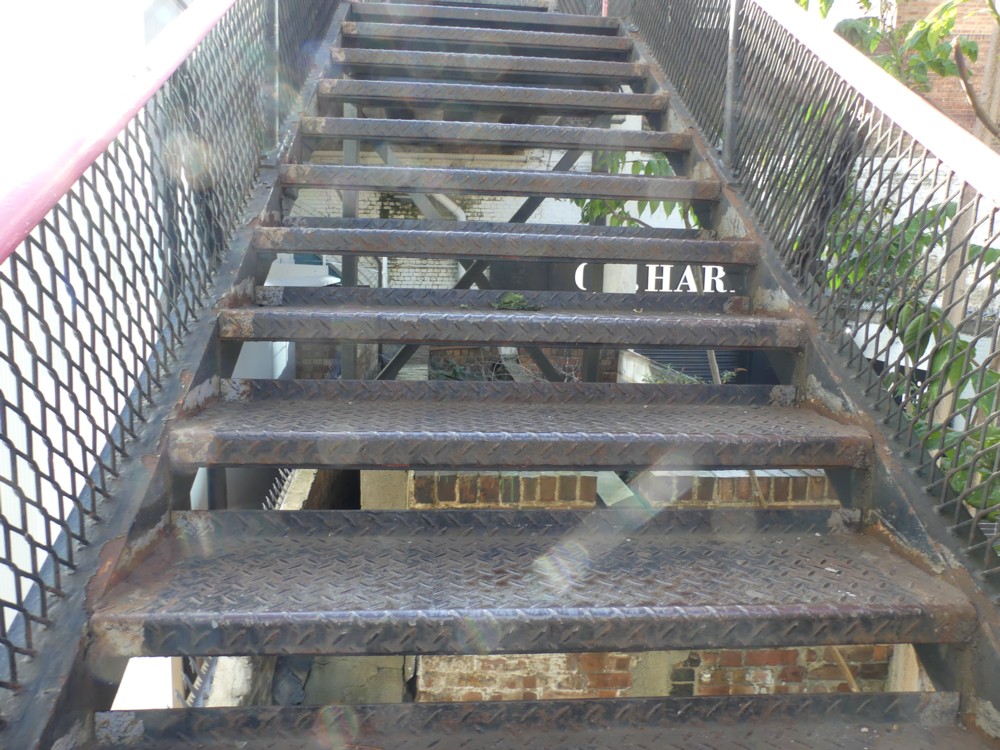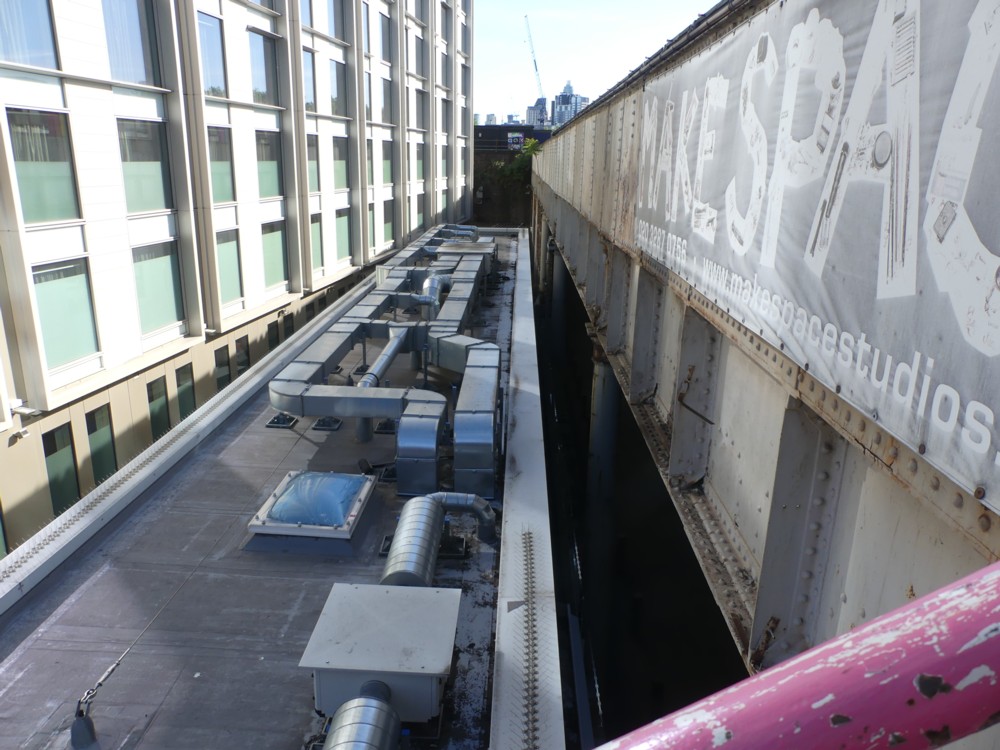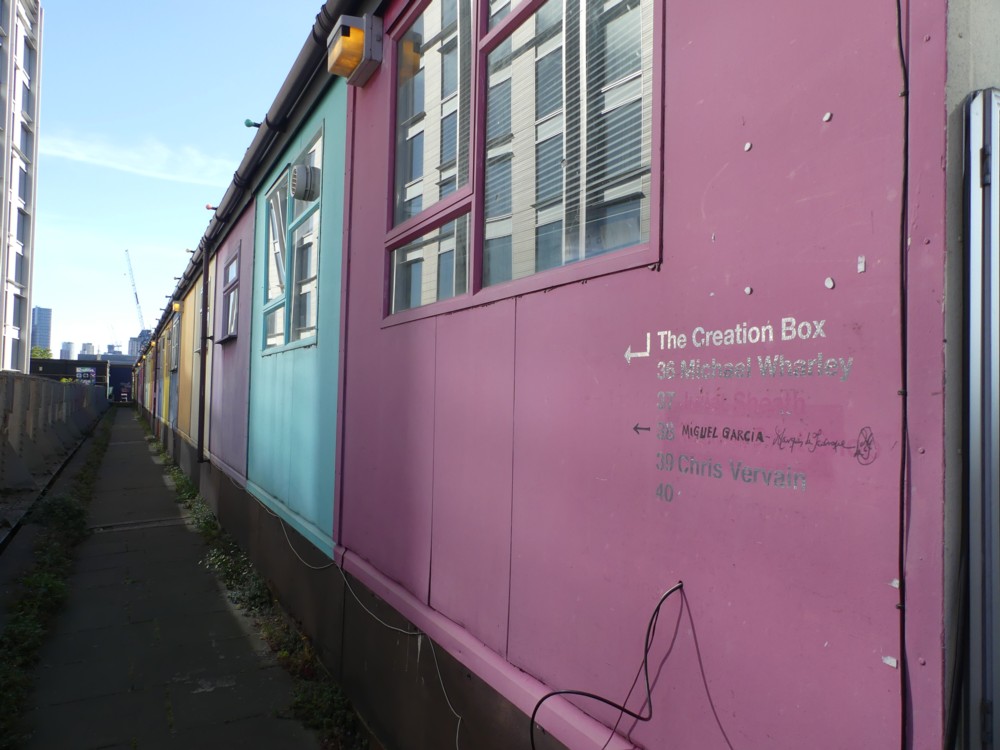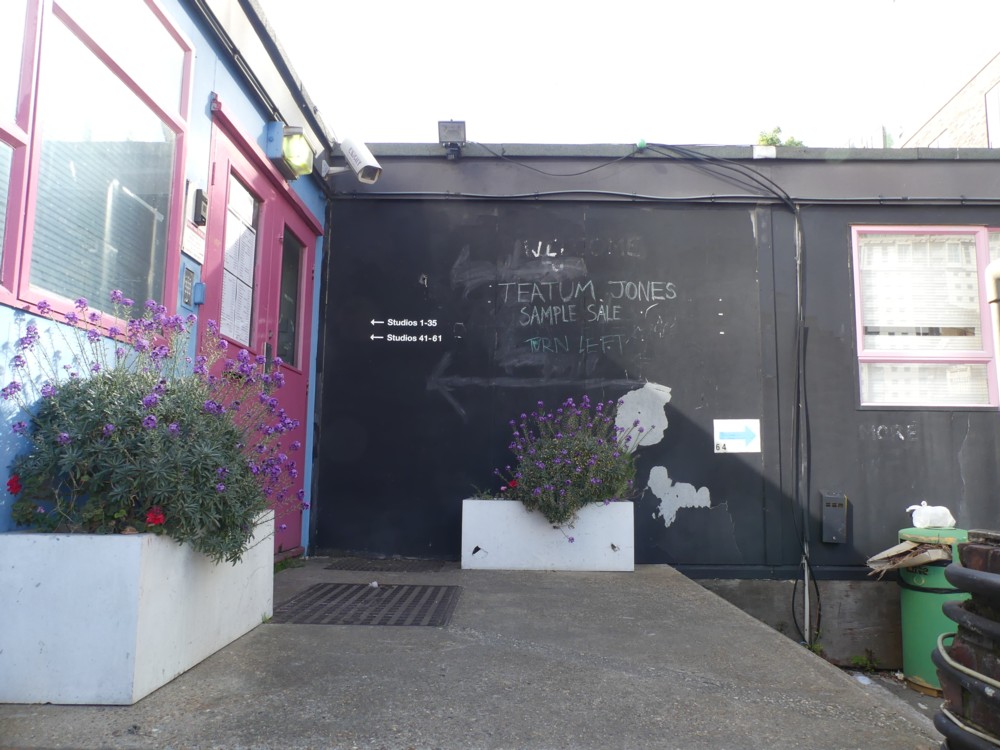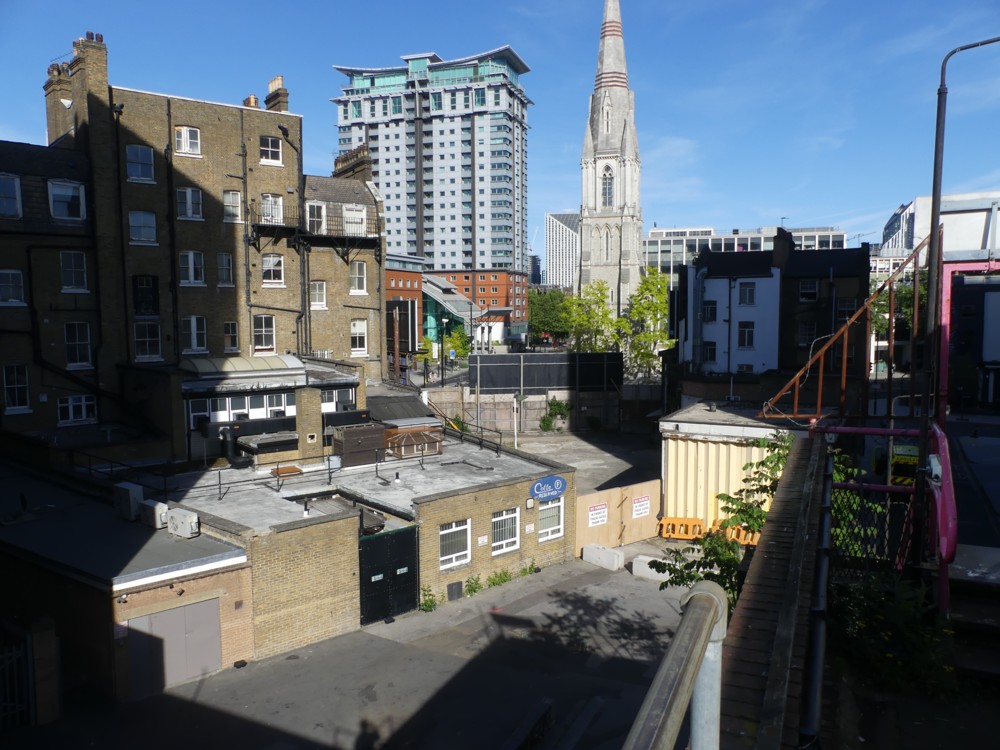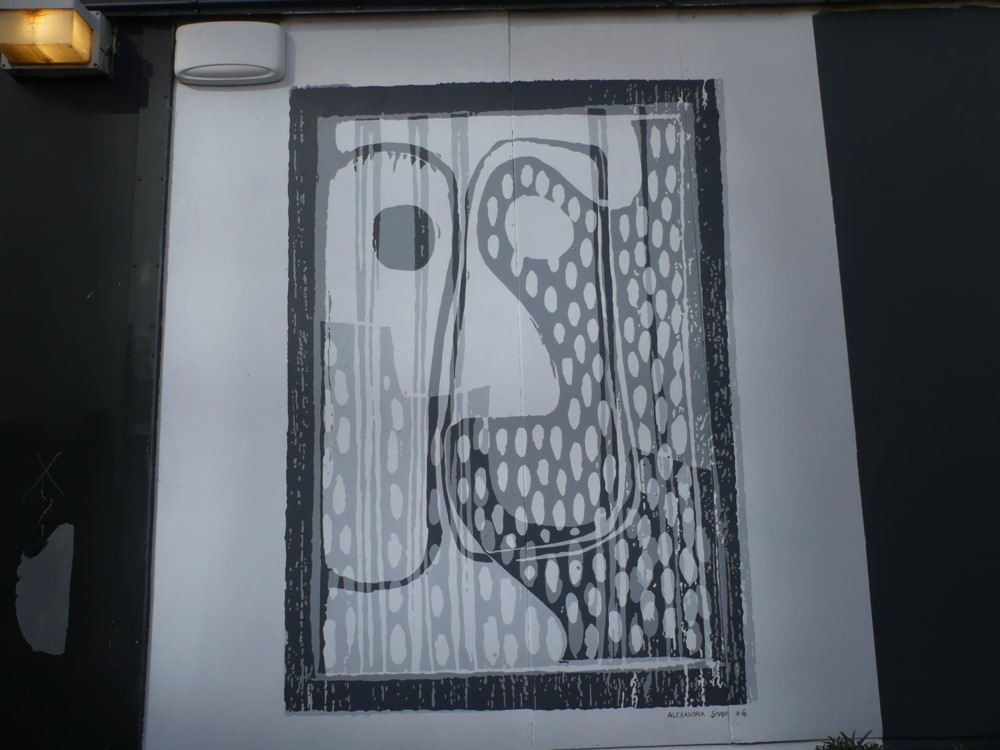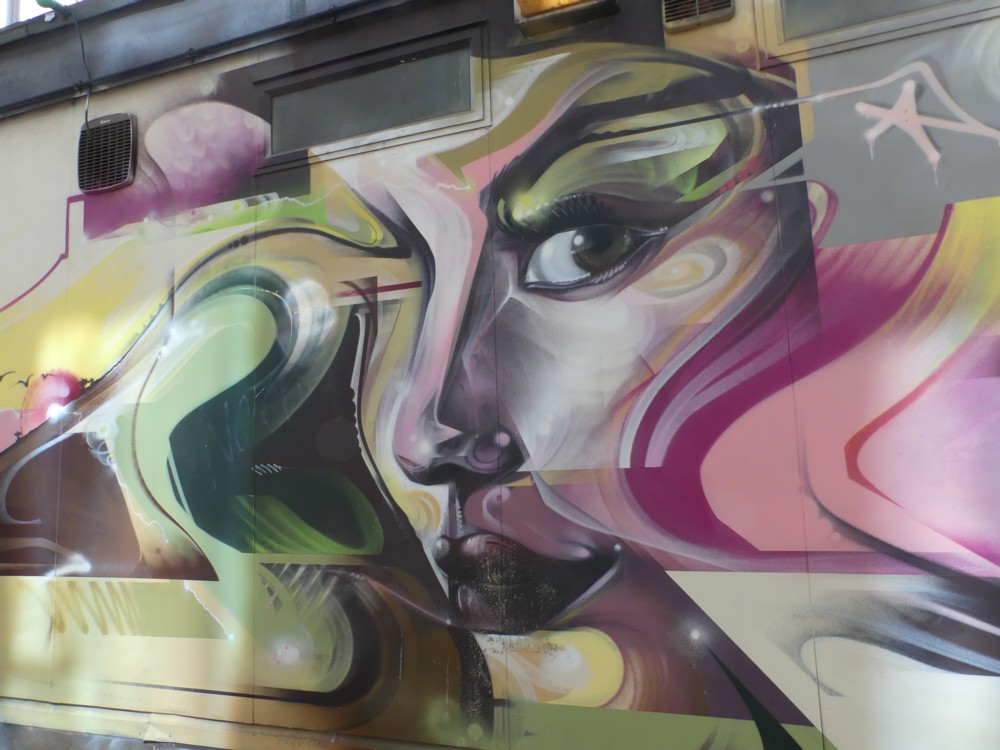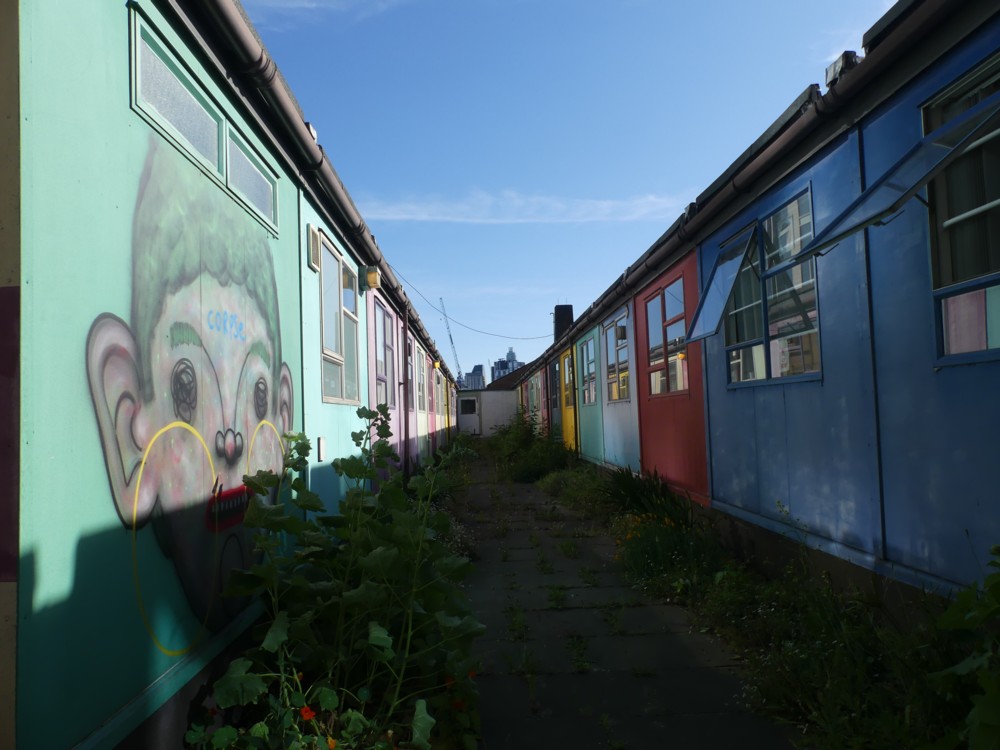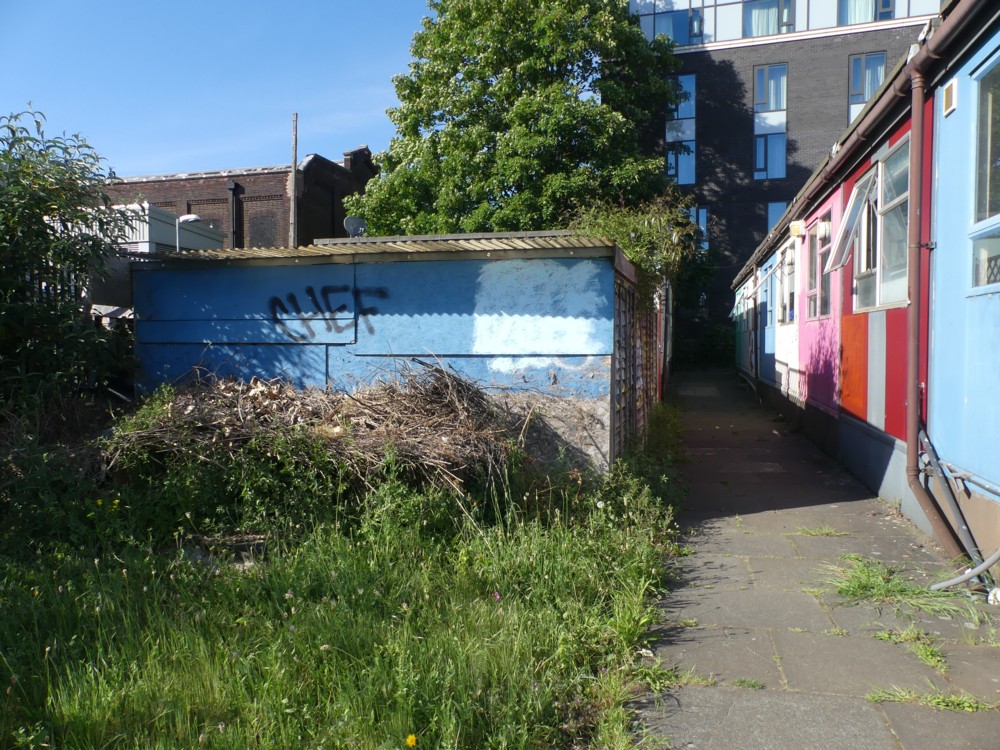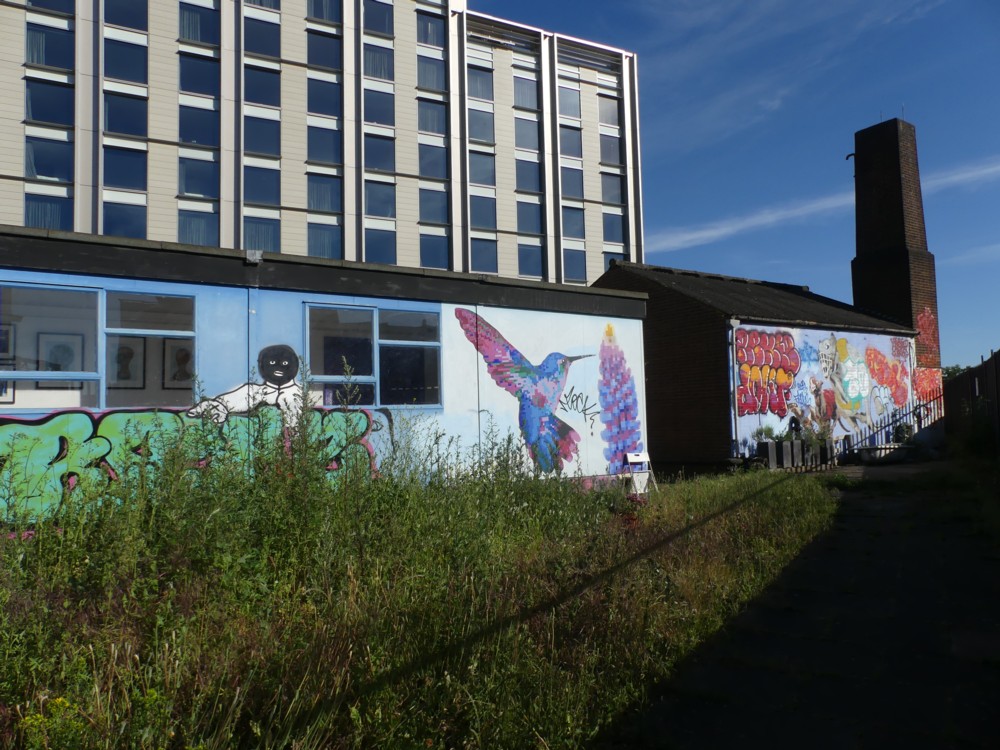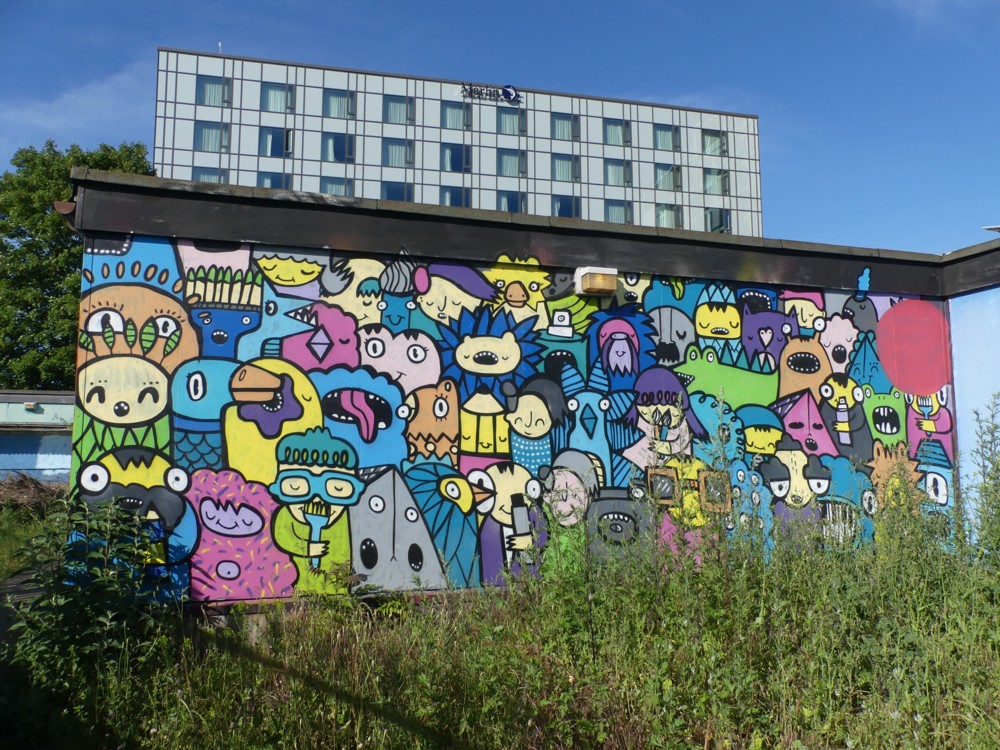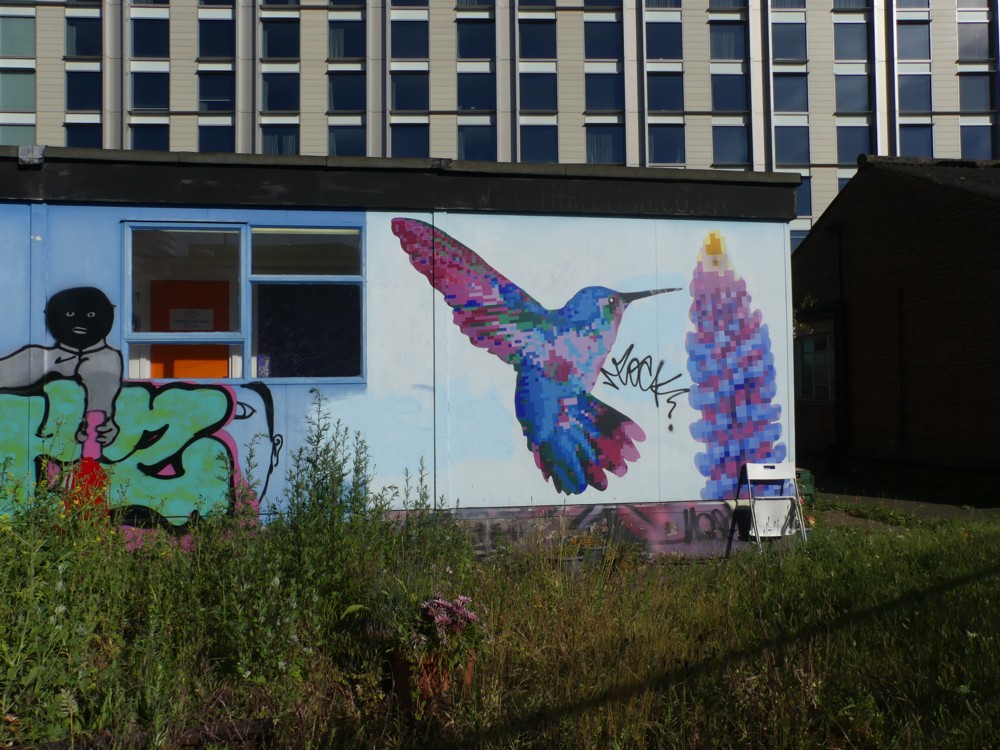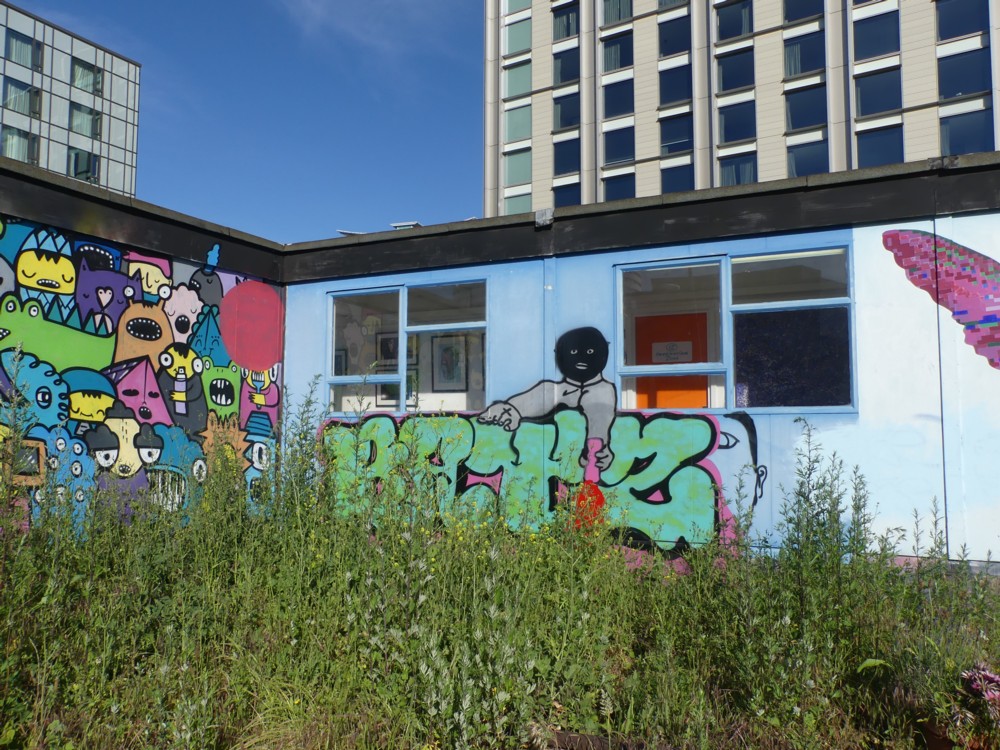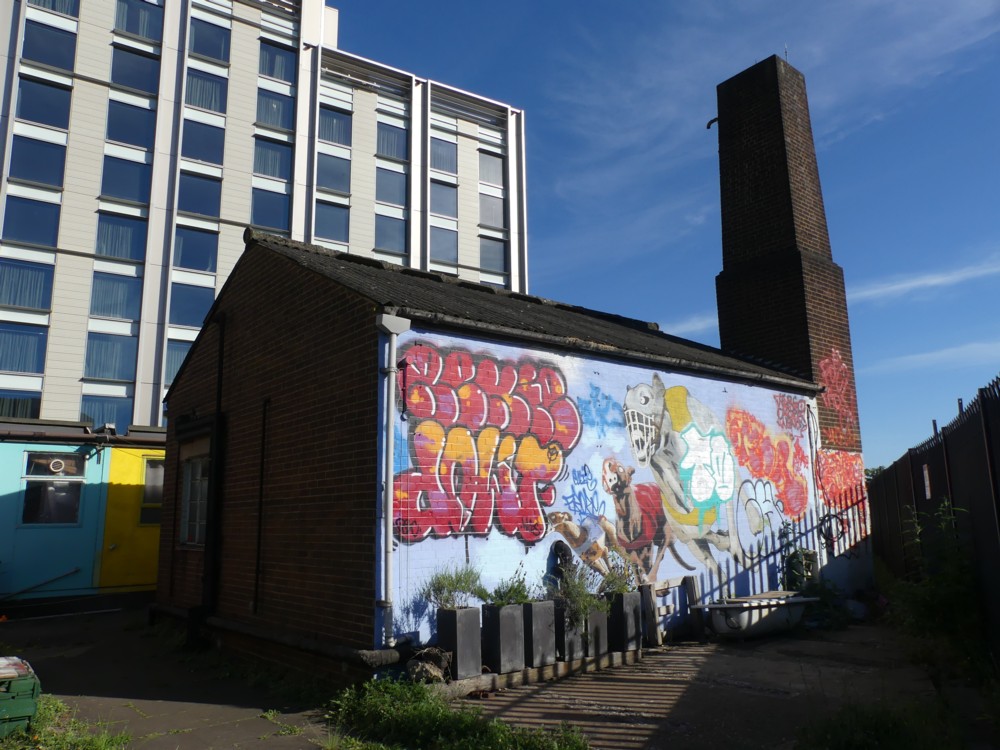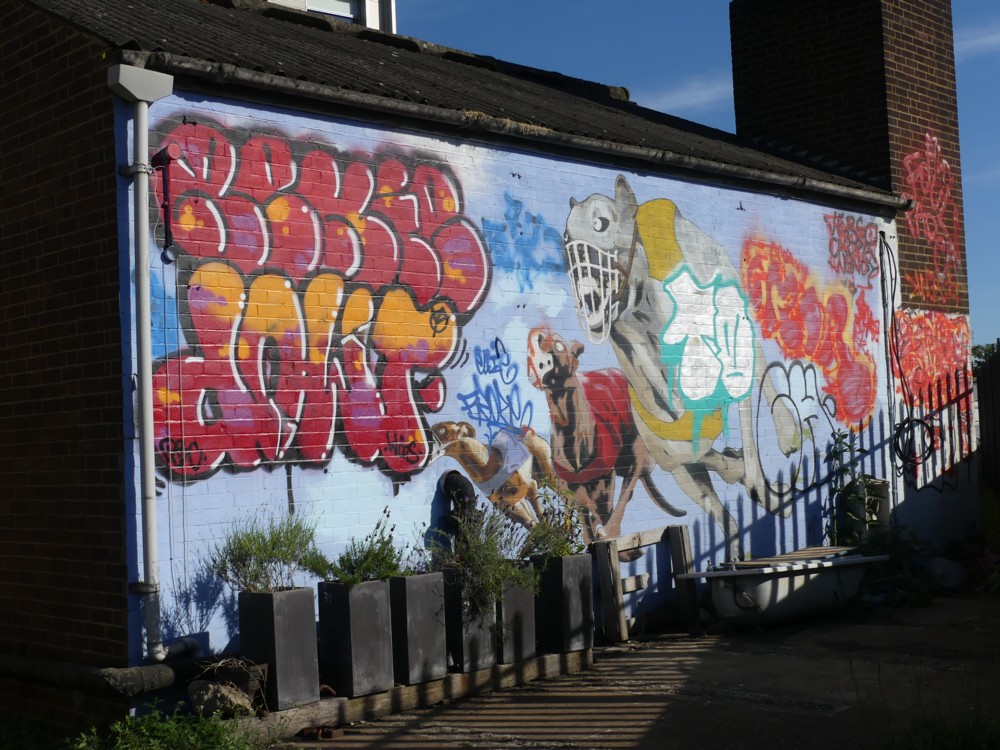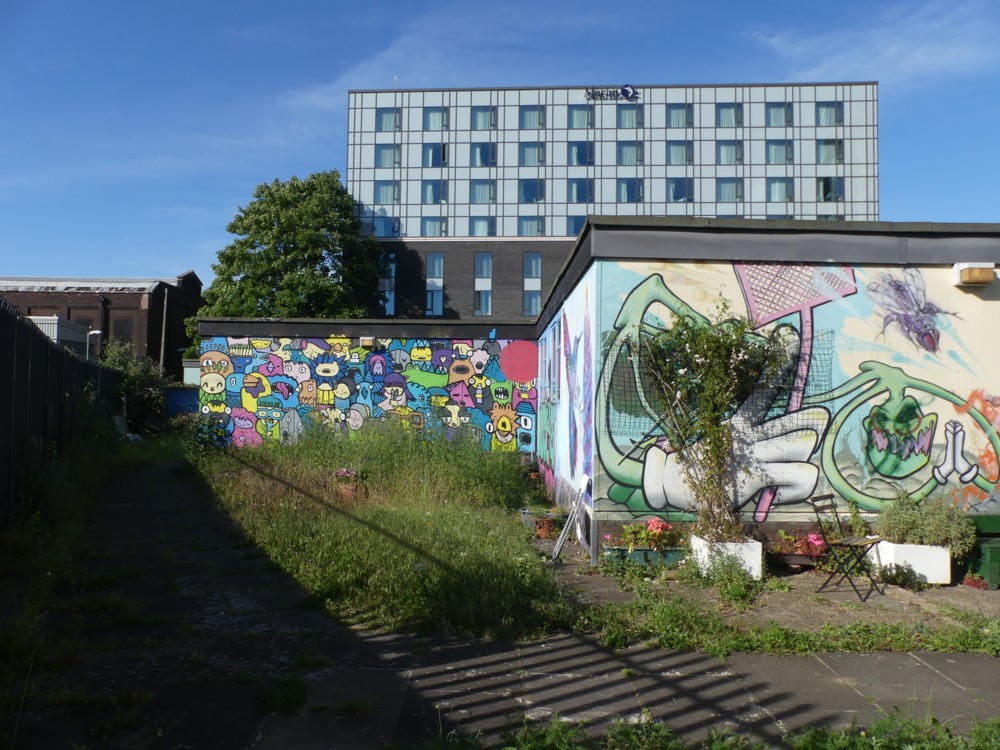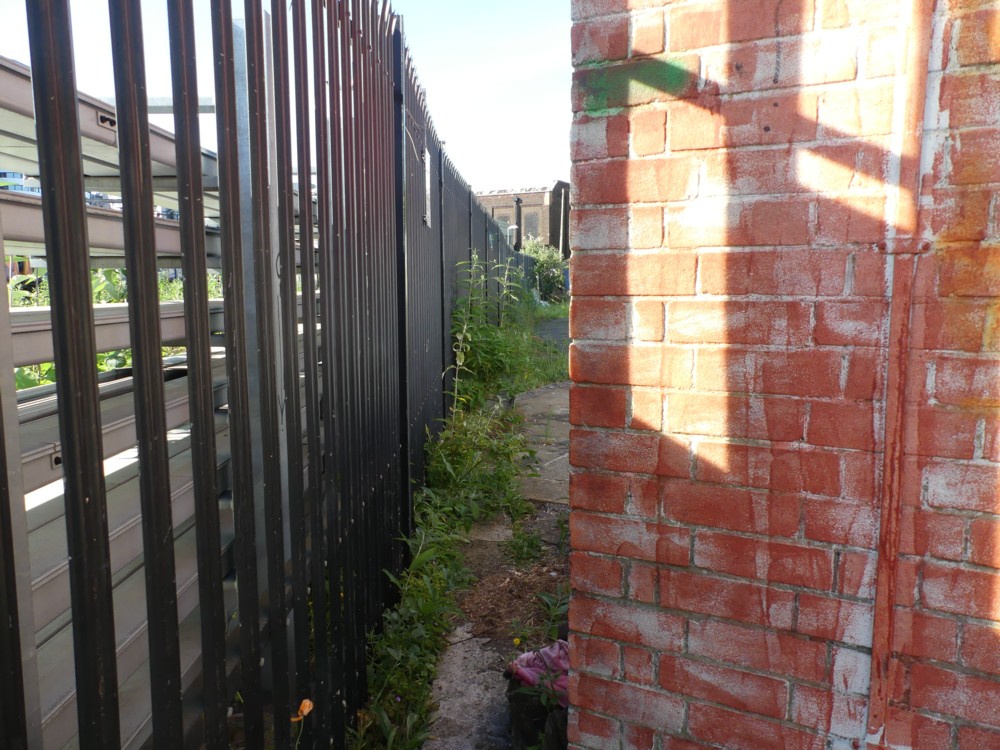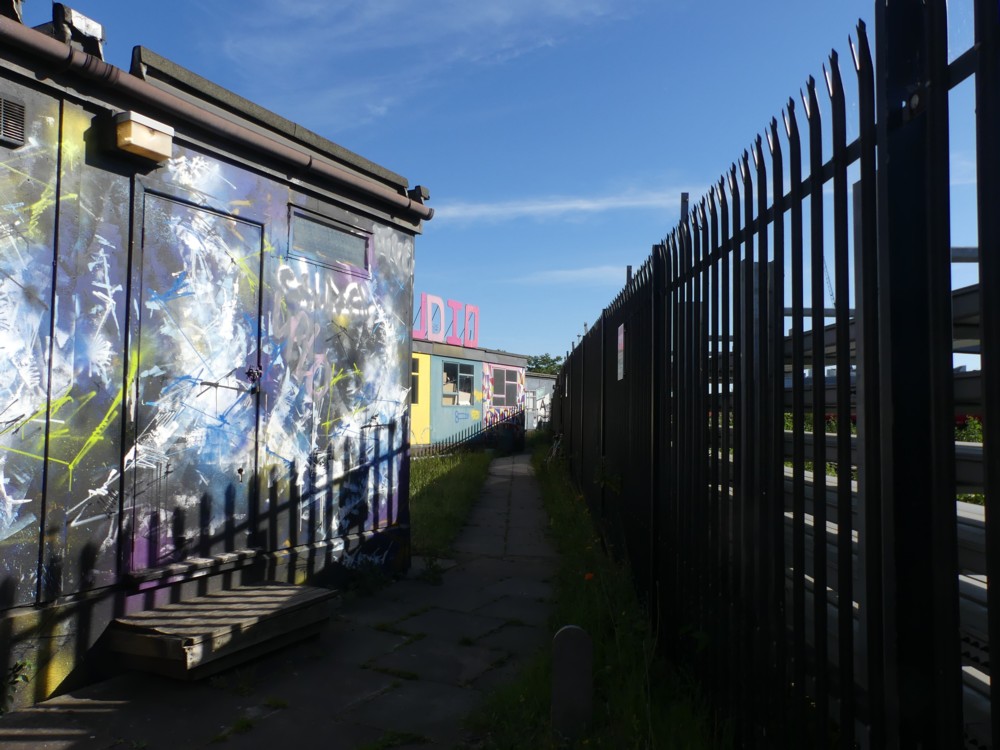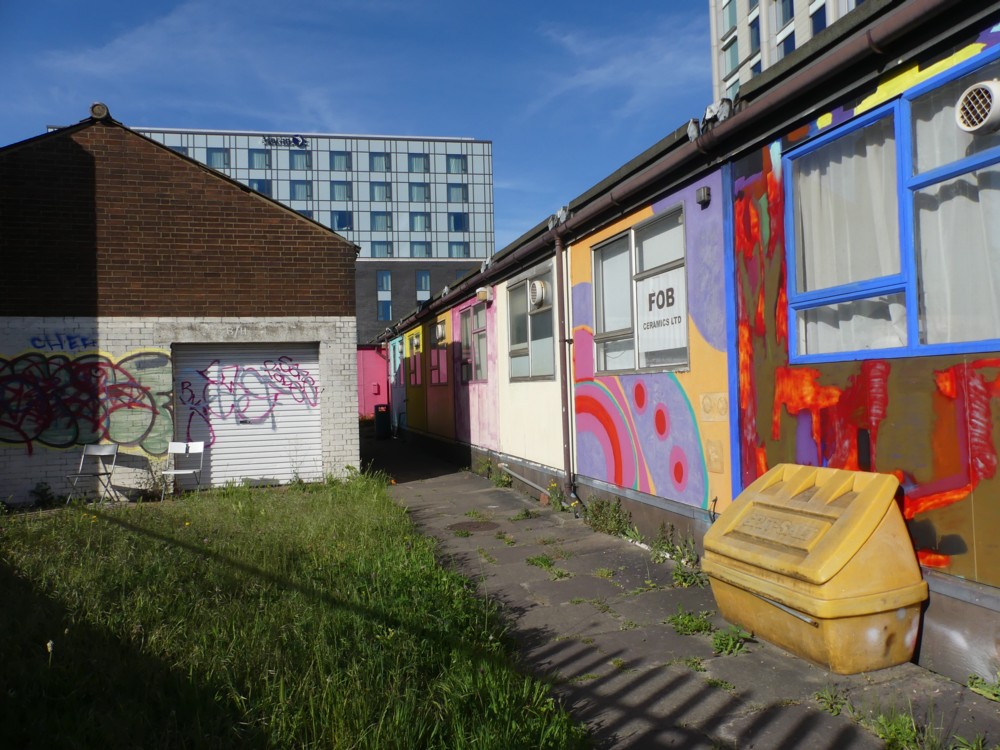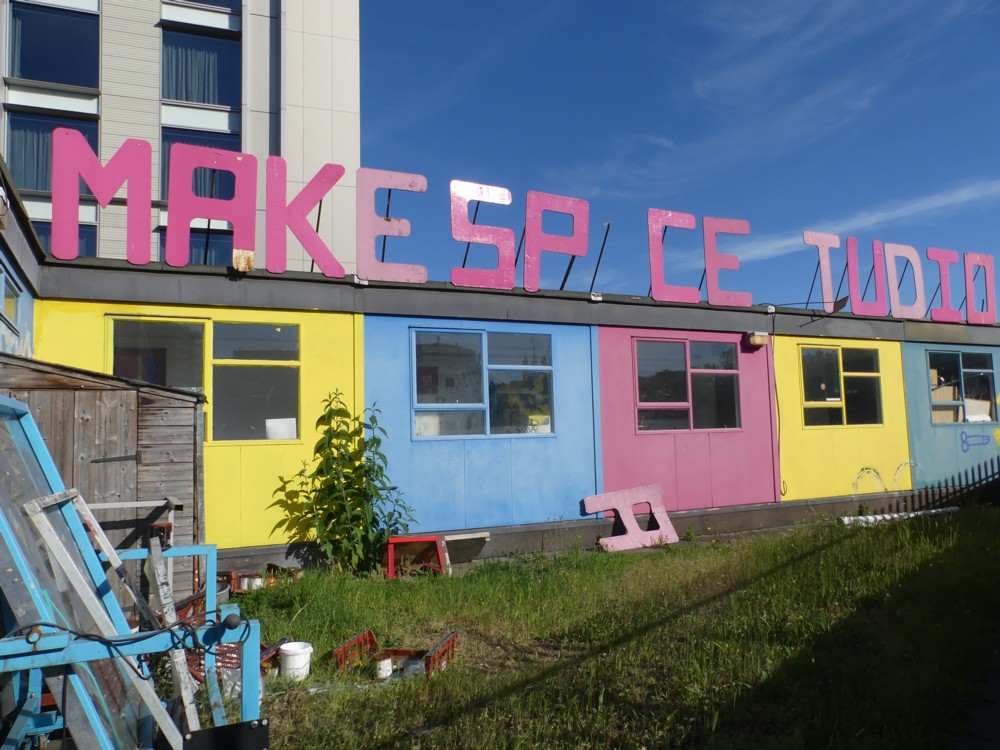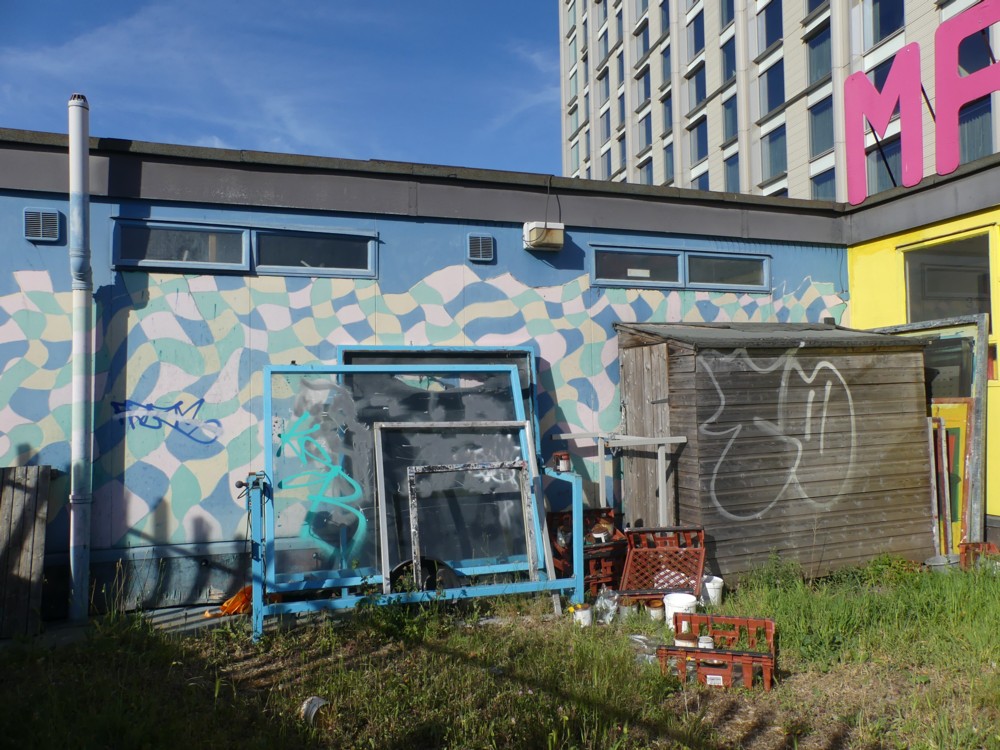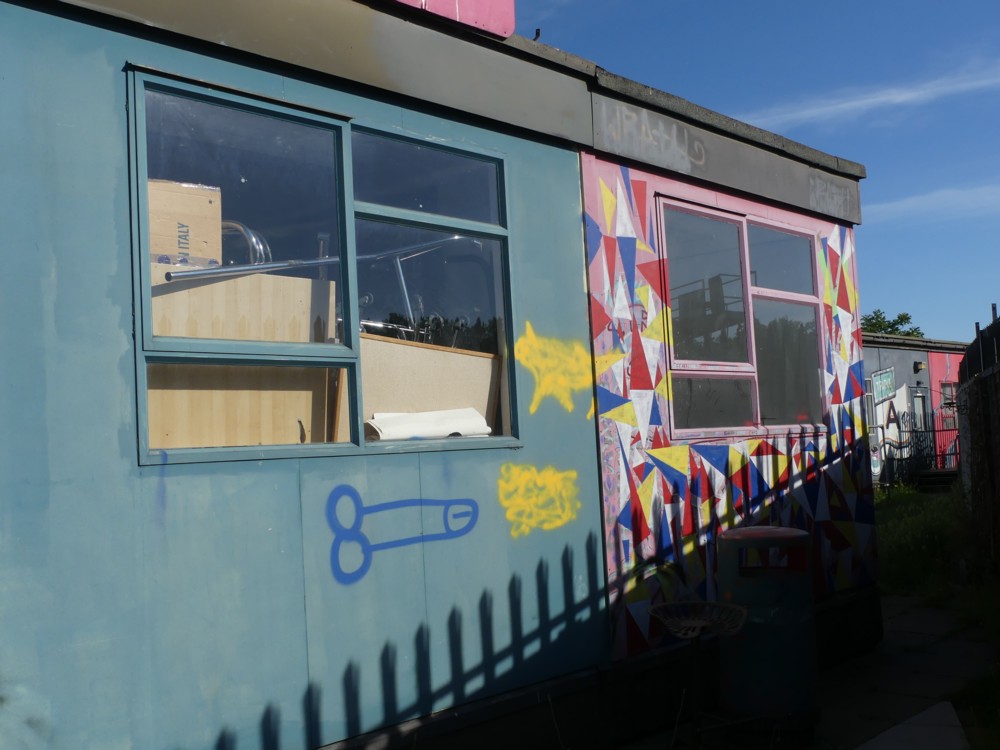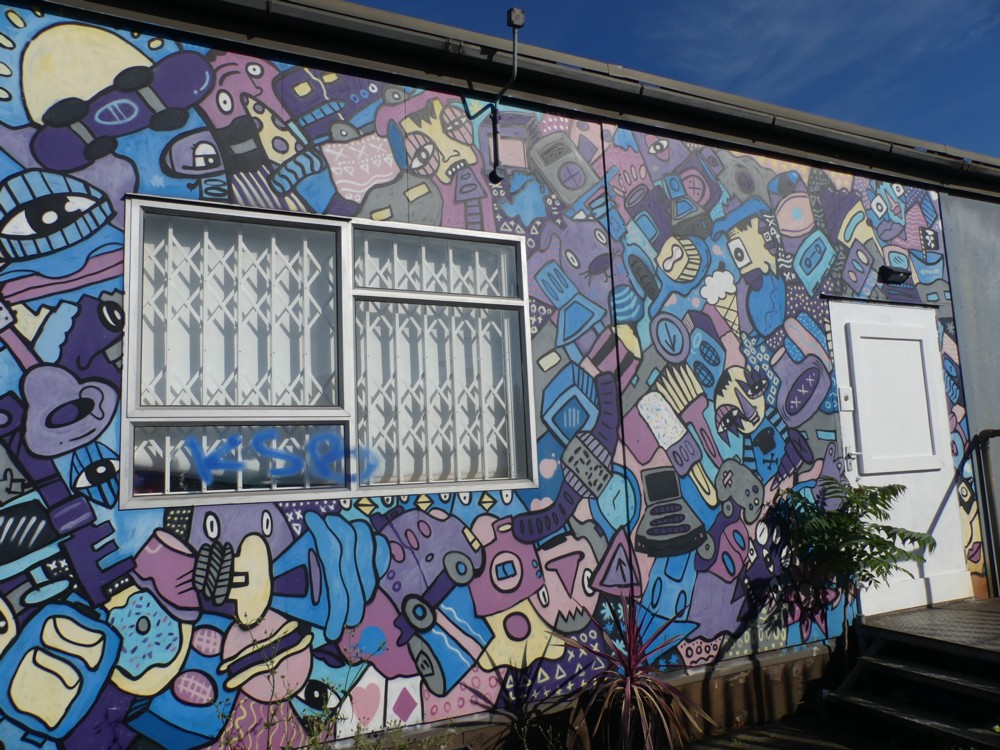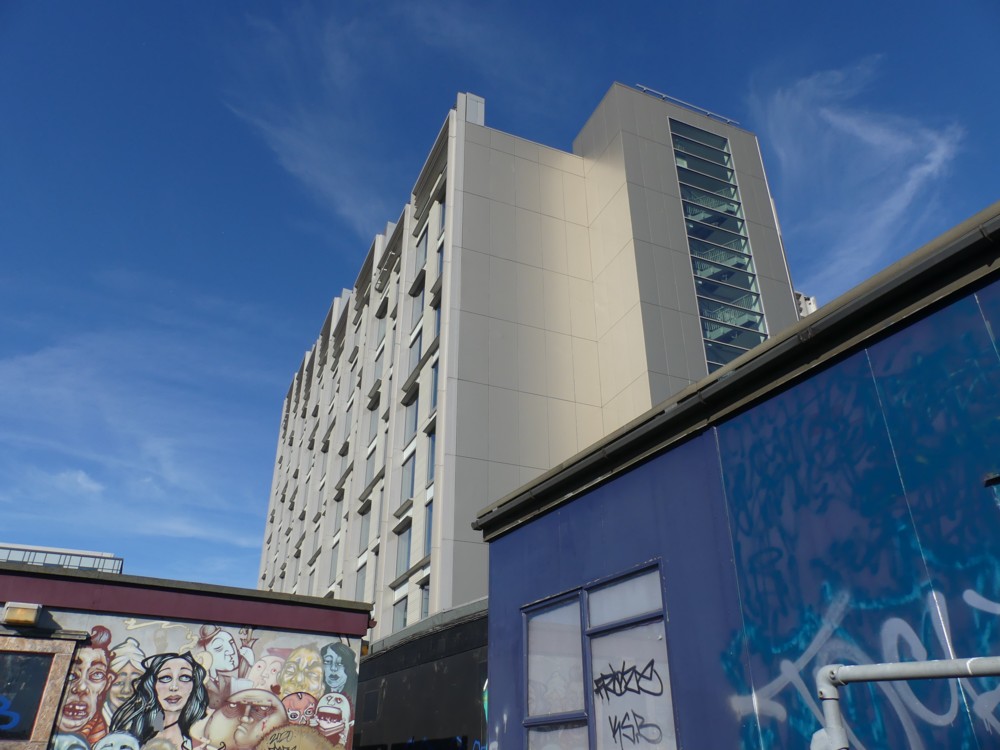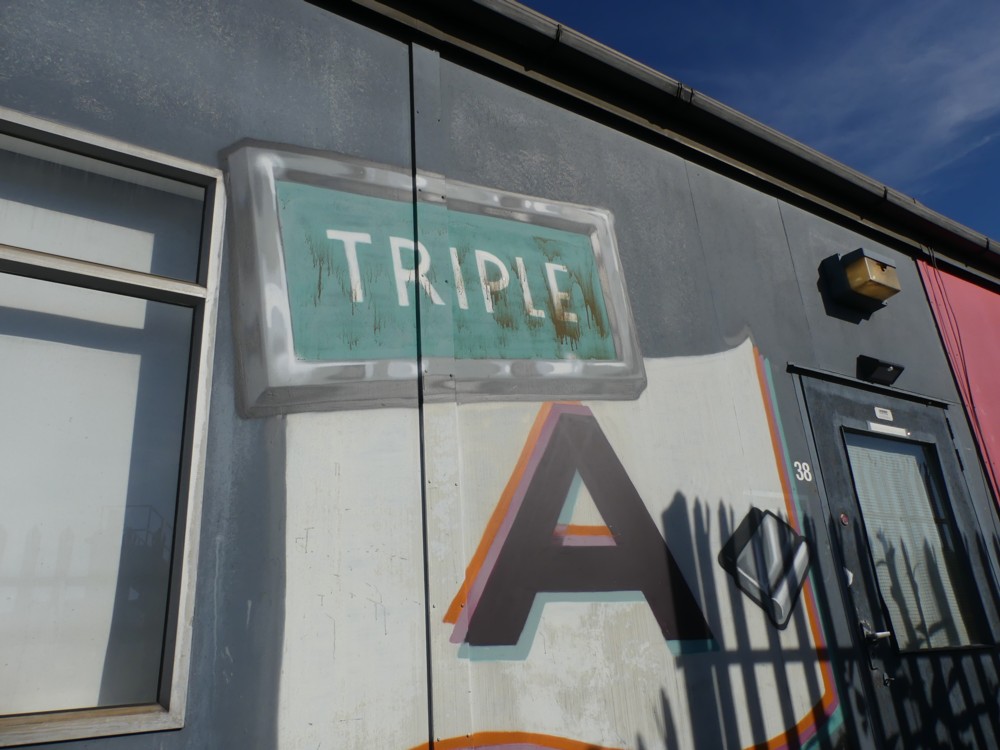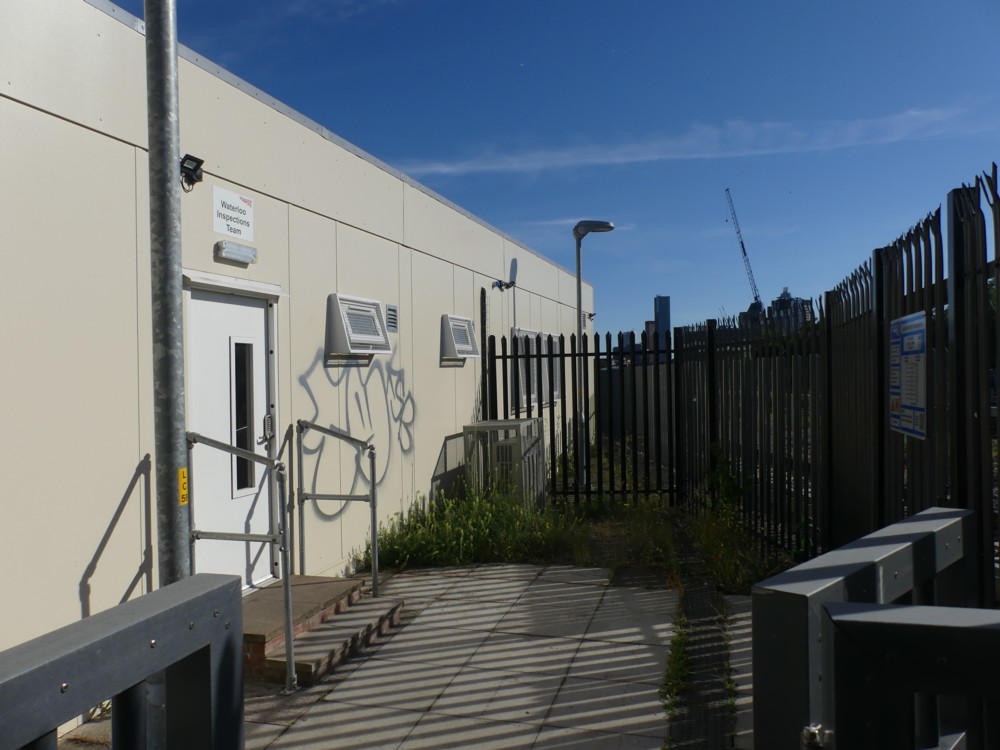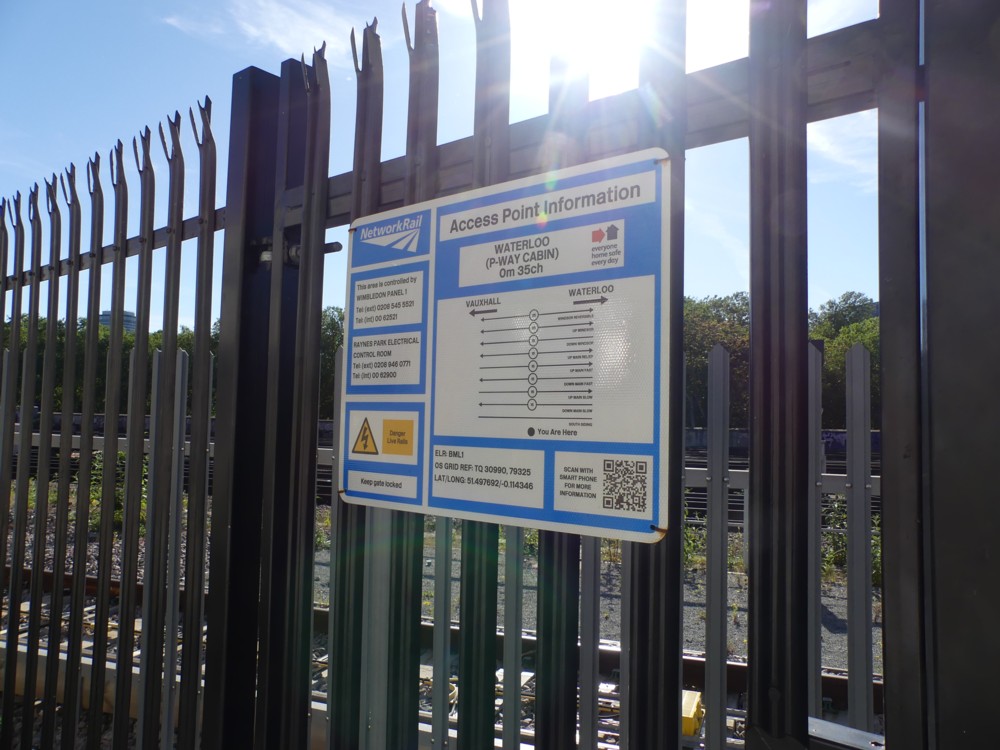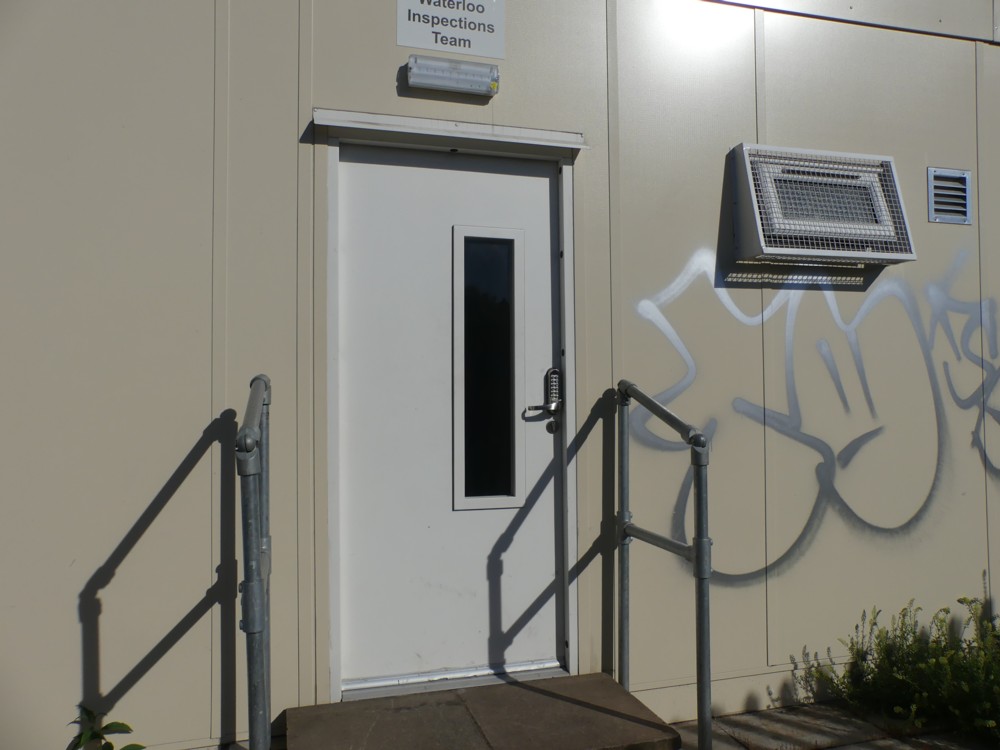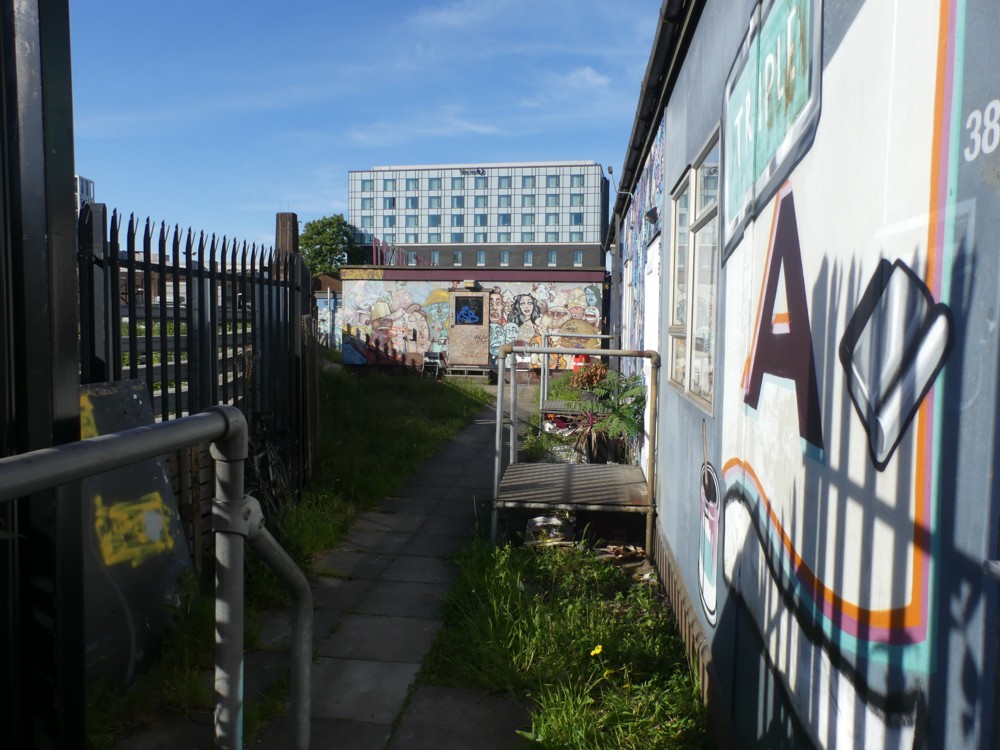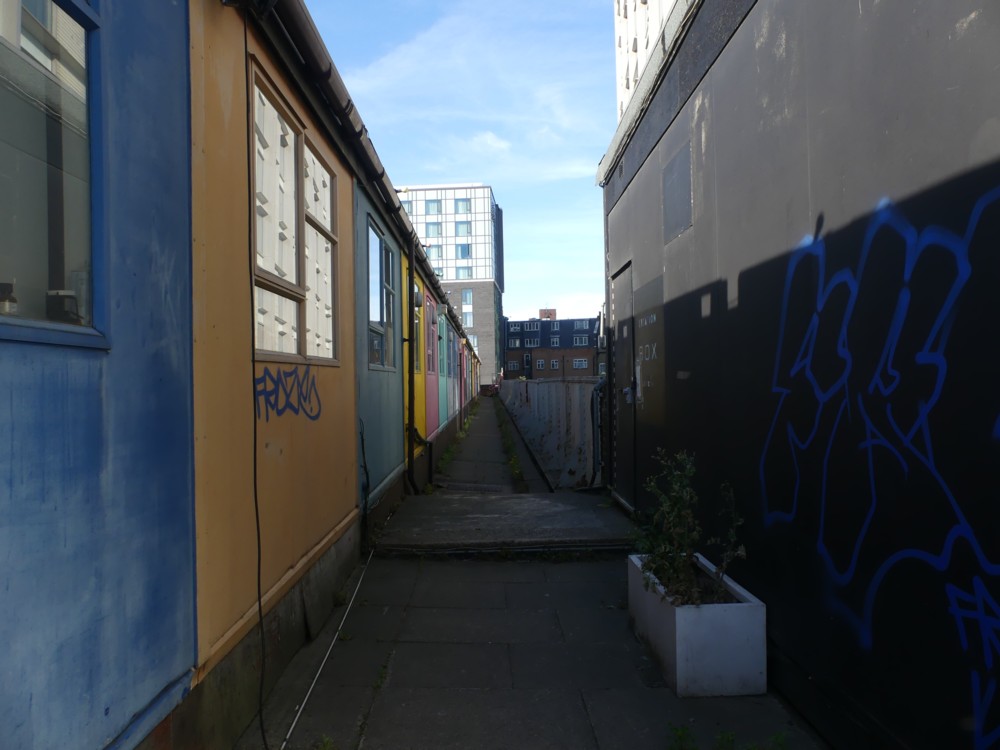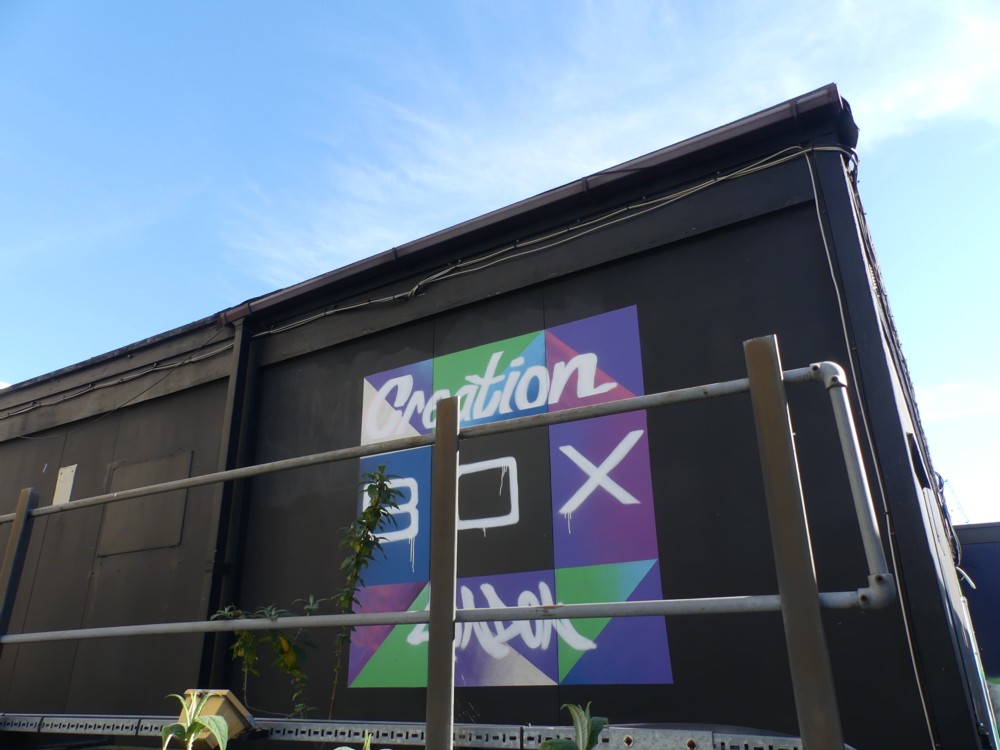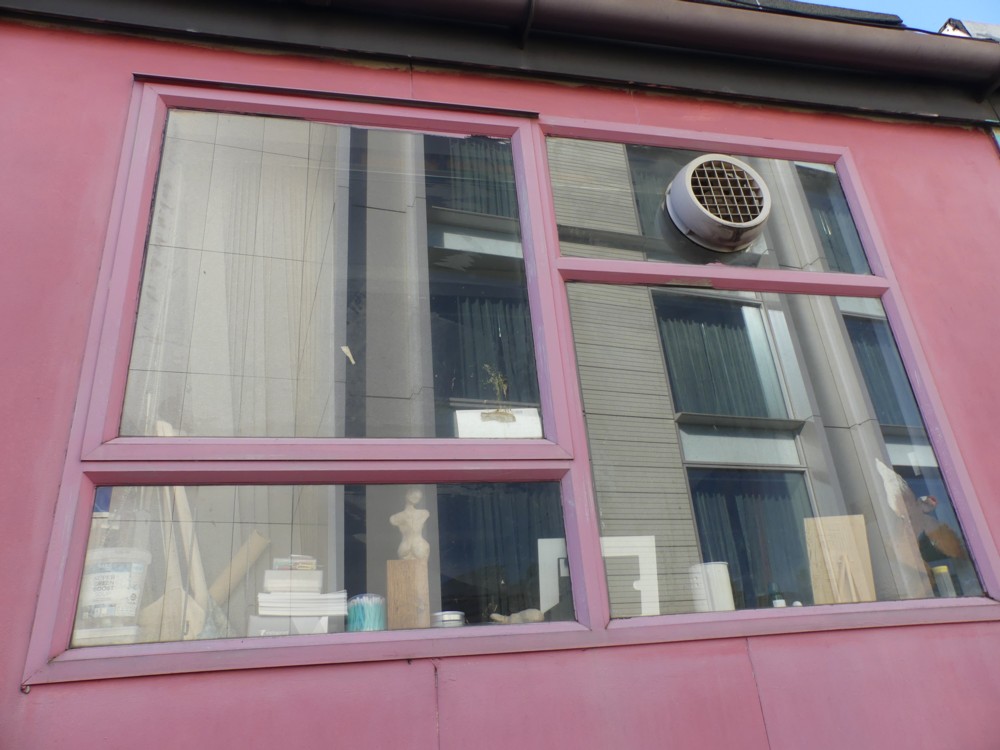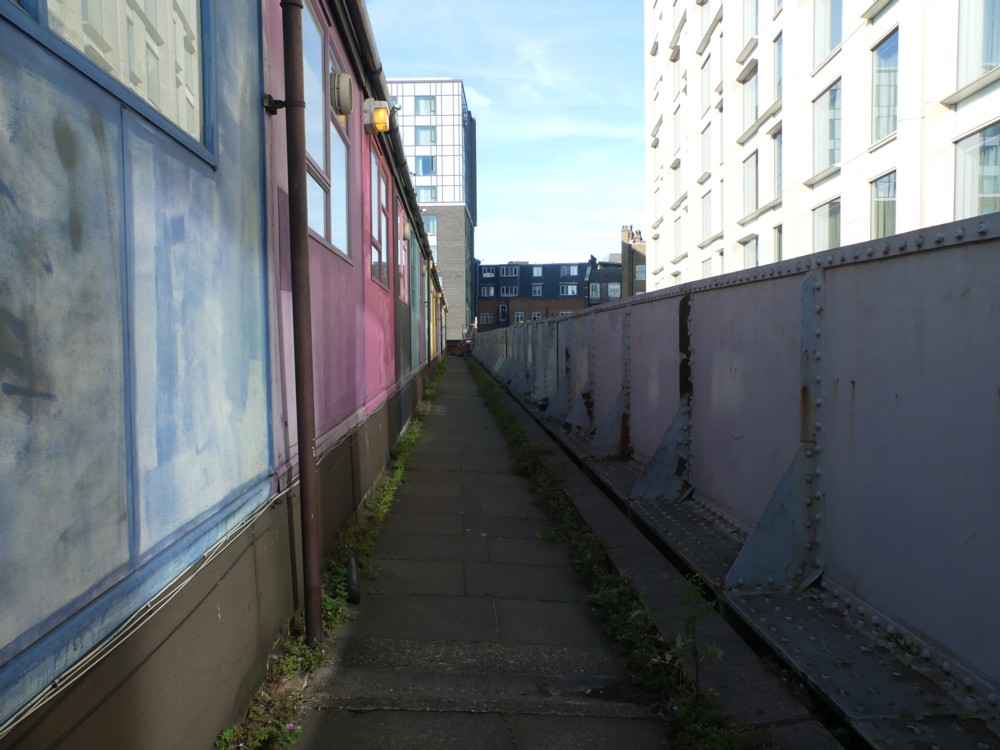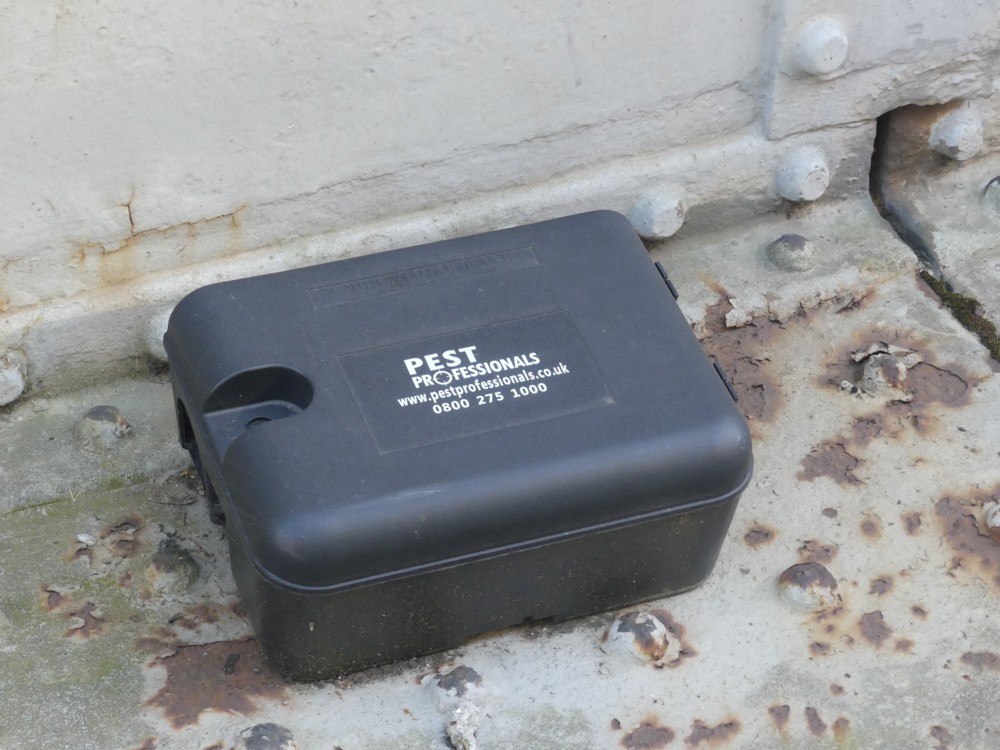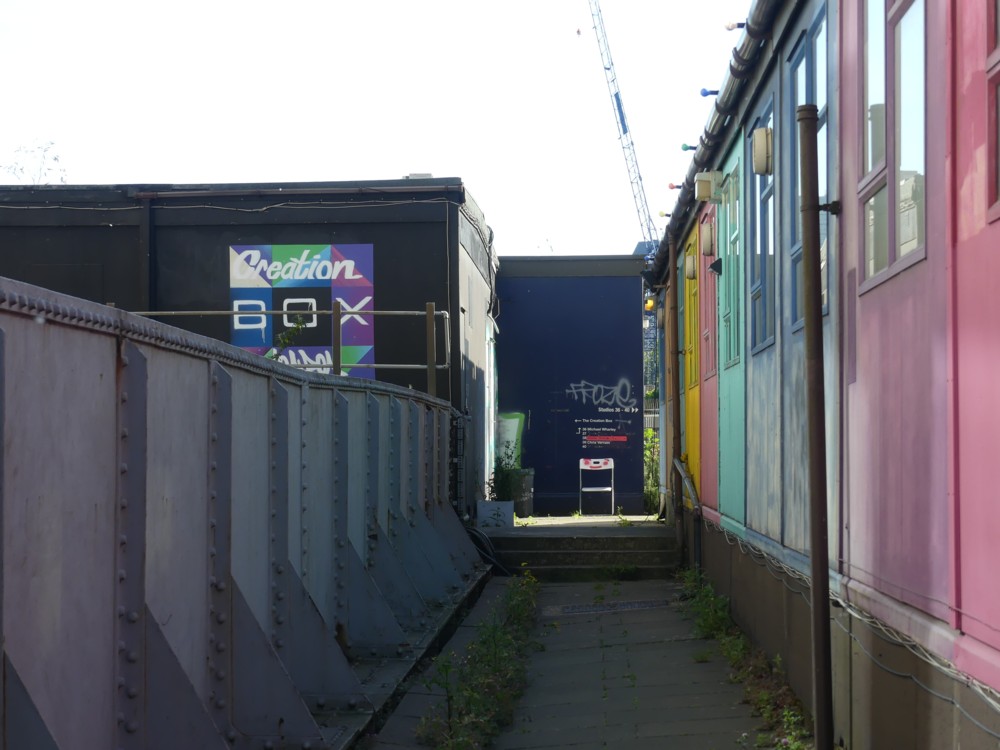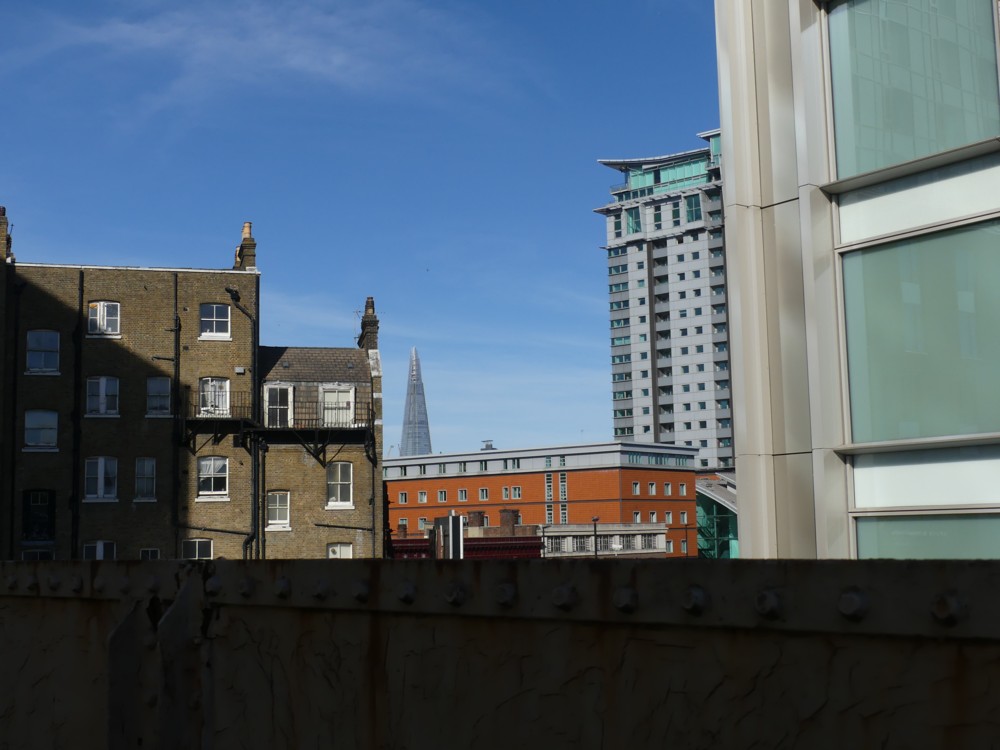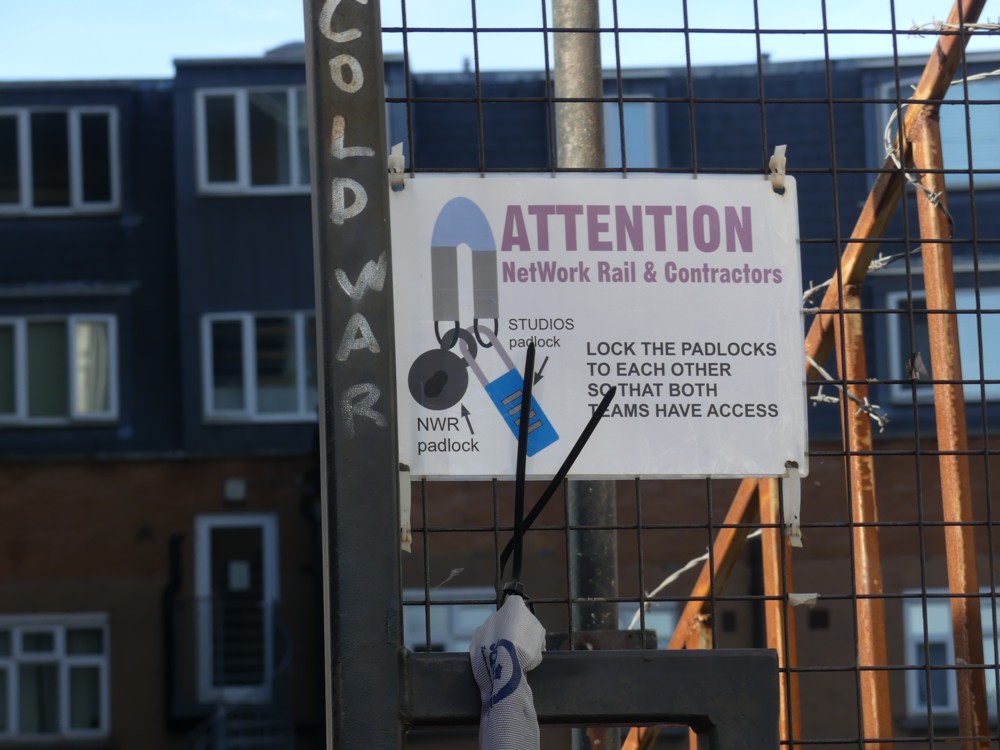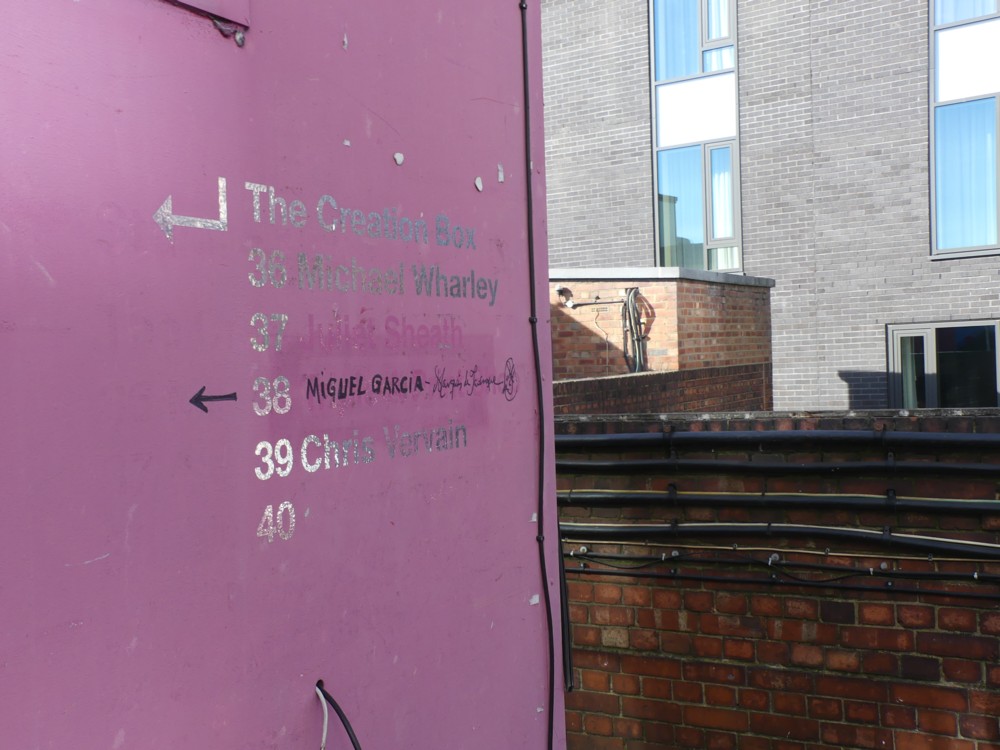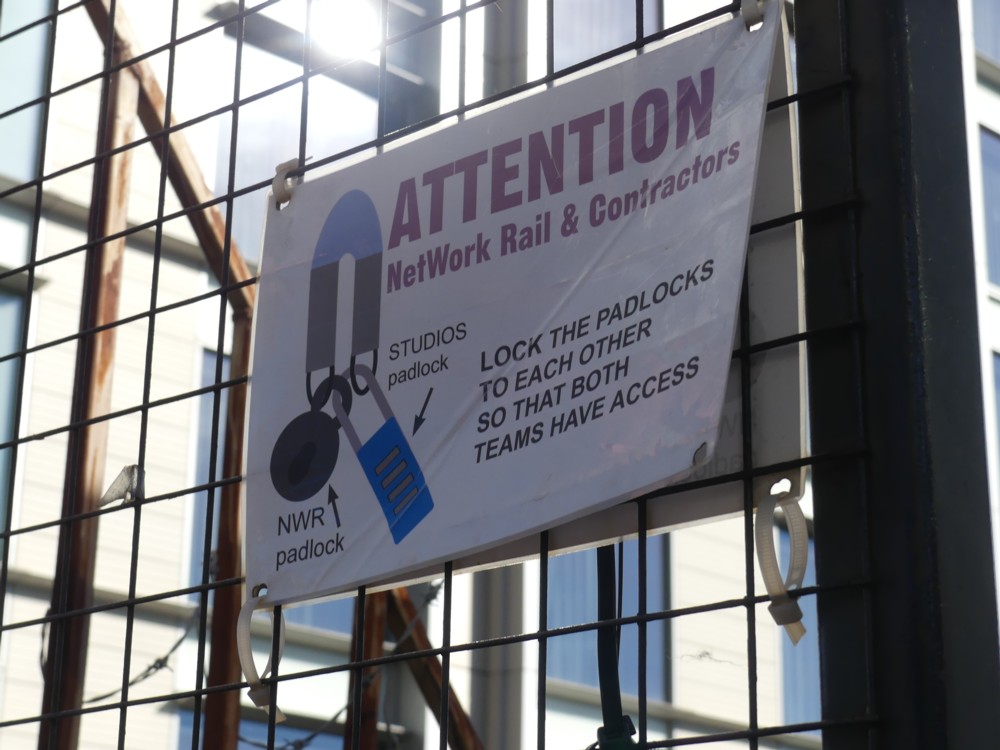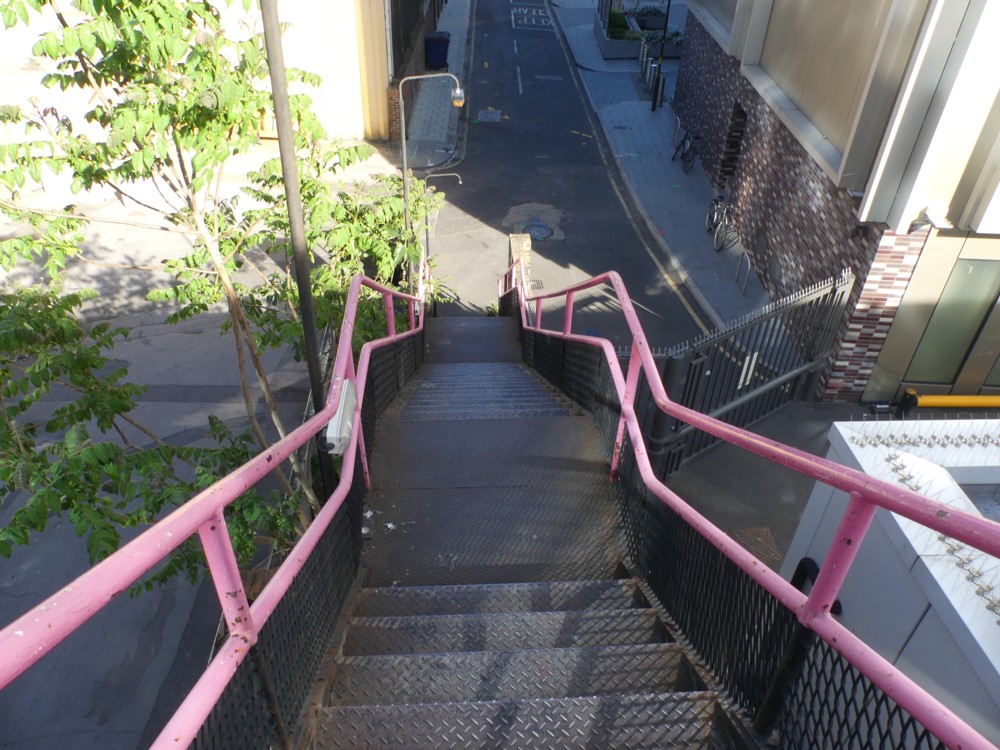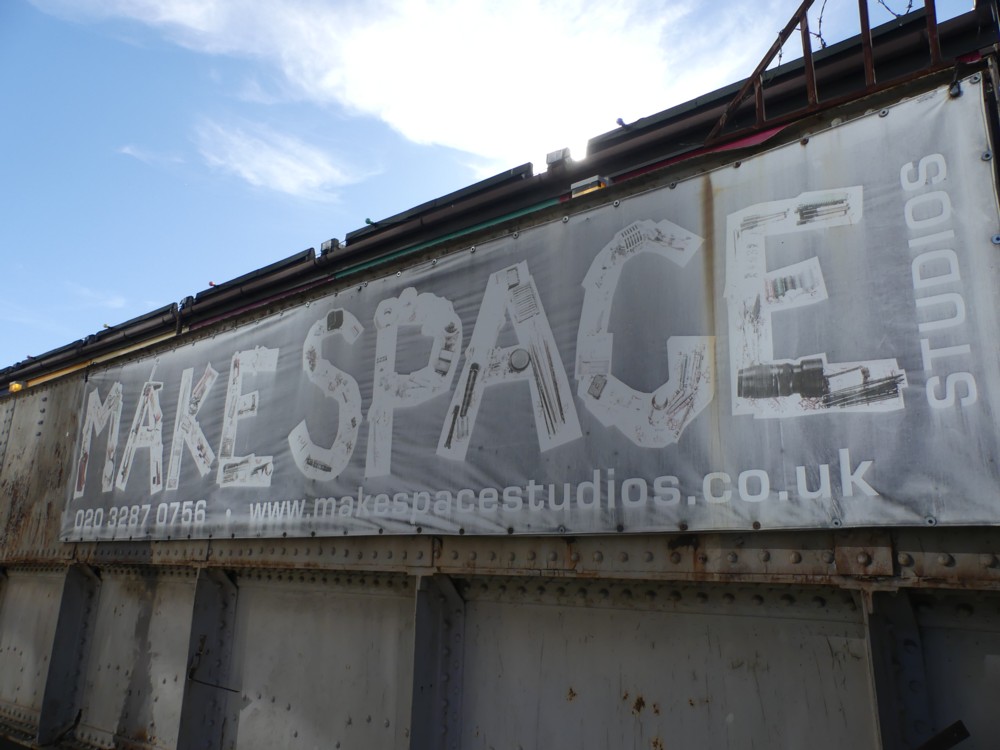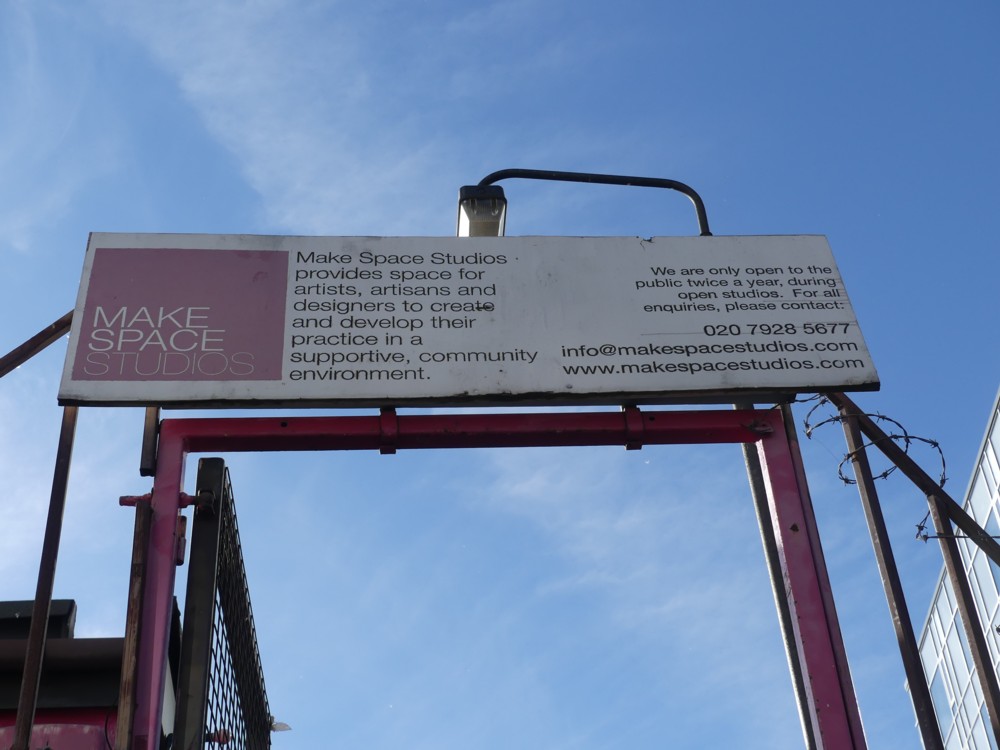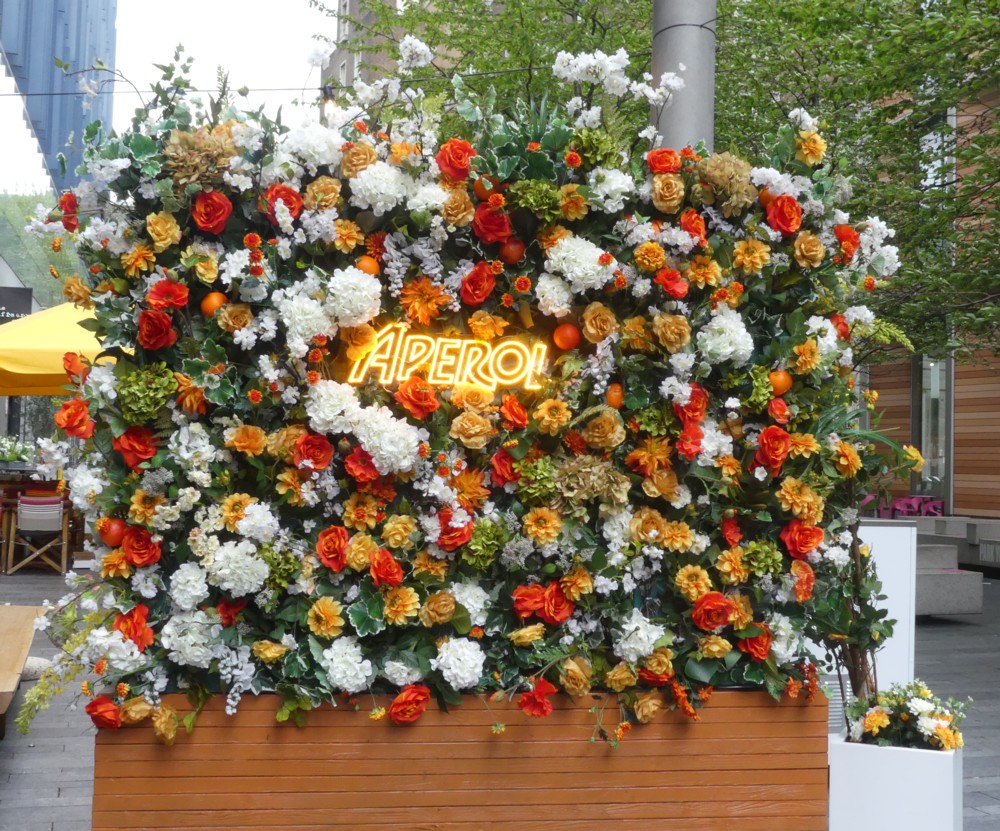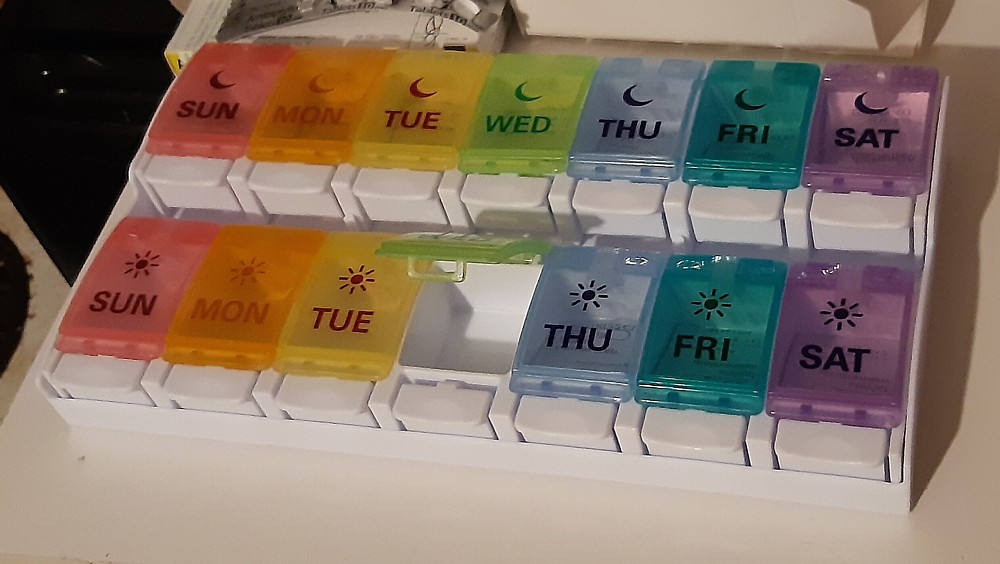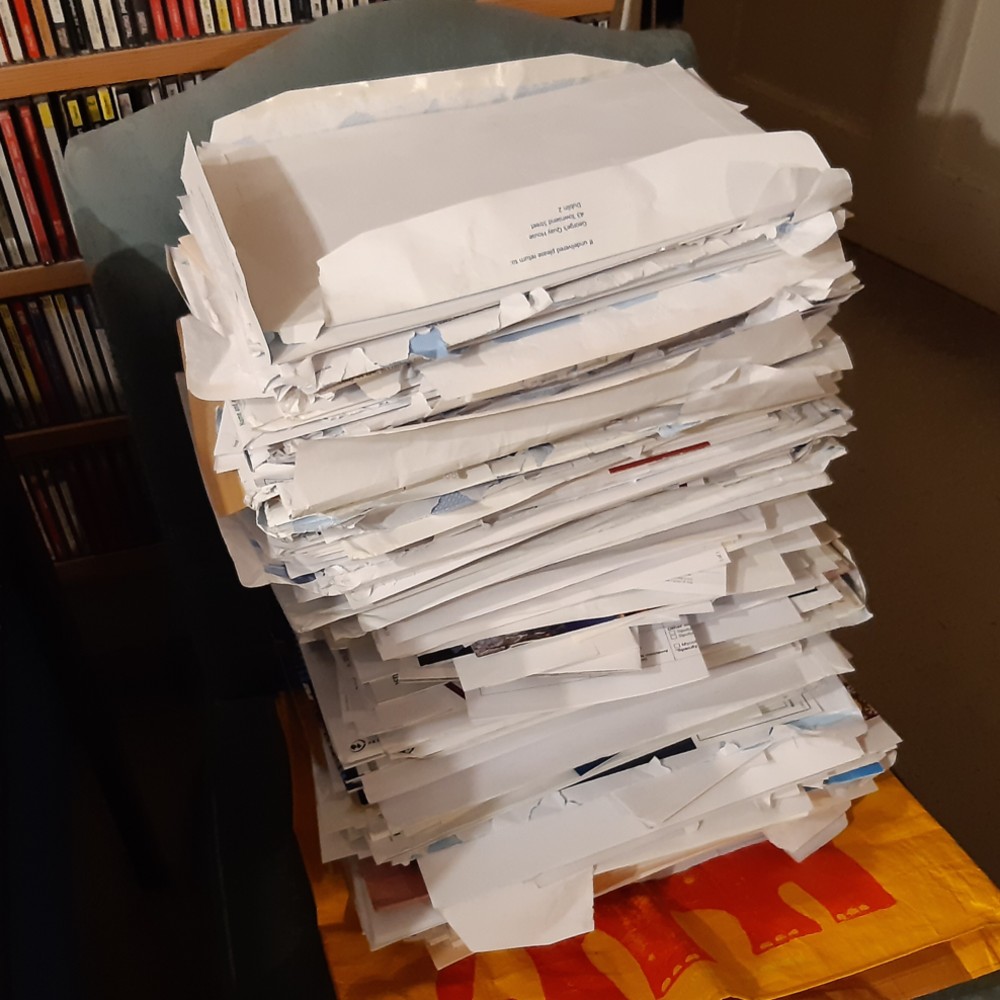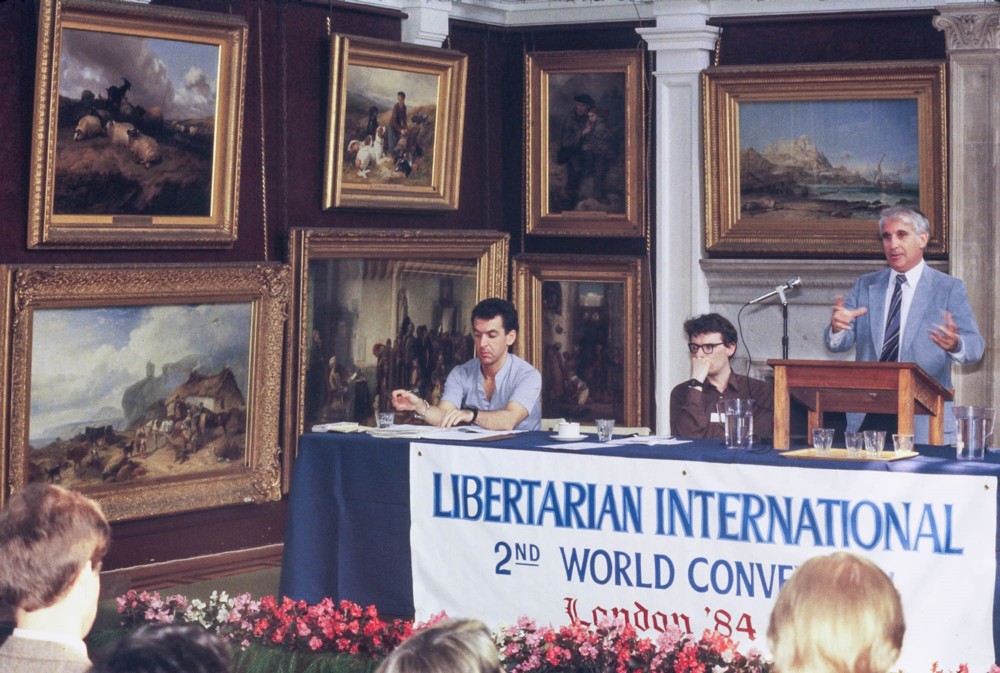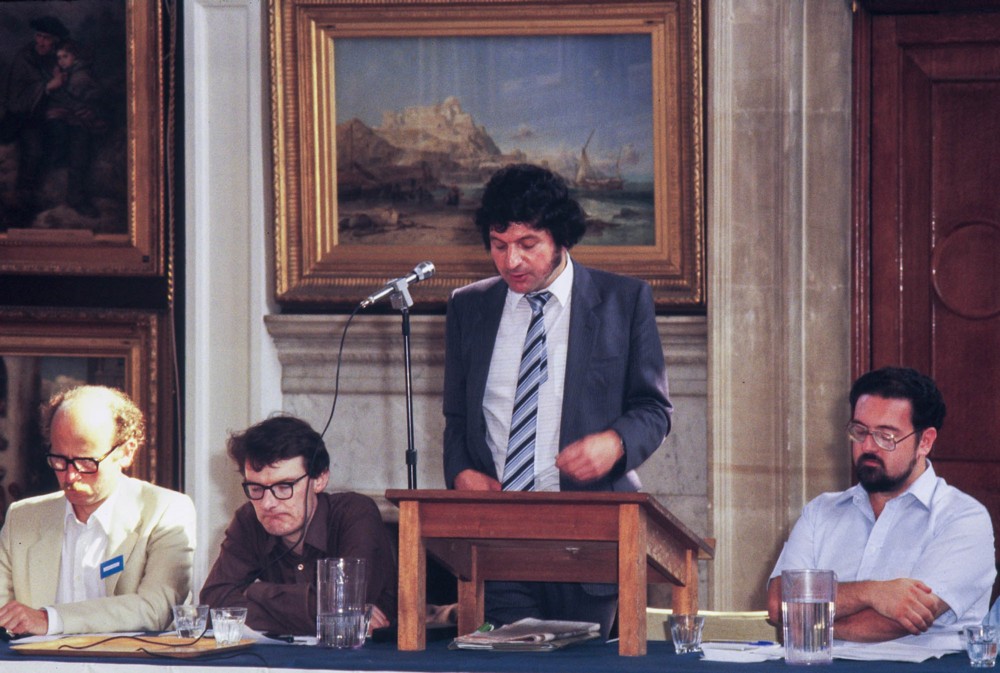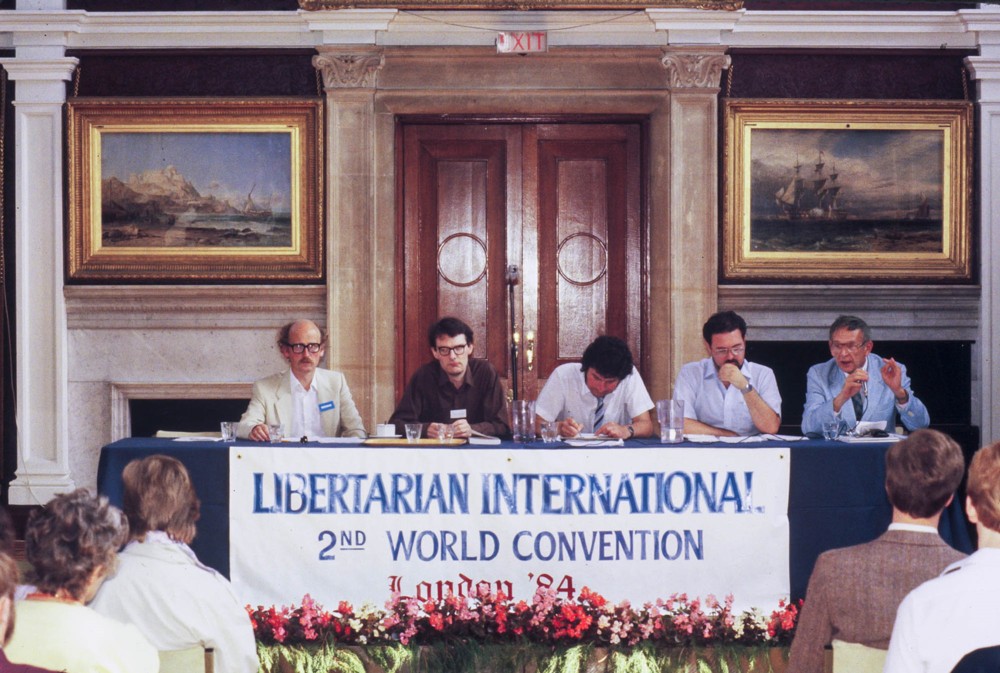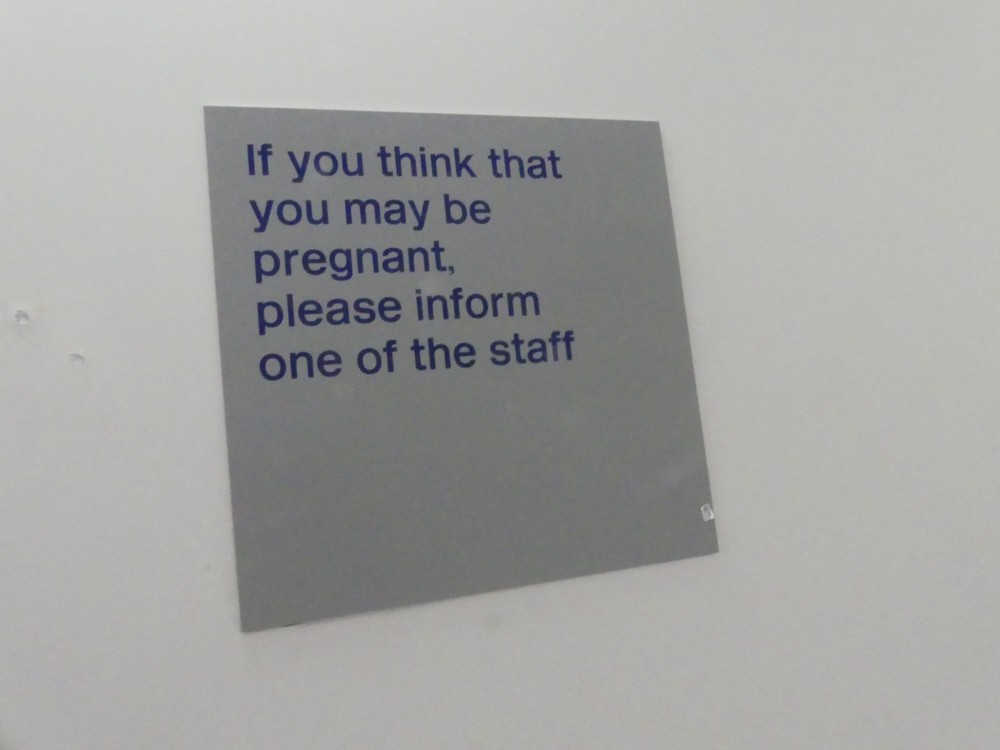After writing the previous posting here, about how BMNB dot com is now being wound down, from a daily to an occasional blog, I was determined that my next piece of bloggage would be for Samizdata, and it was. It’s a piece about this book by Stephen Davies. It took me a week to get my posting about this from two thirds first drafted to finished, but that just proves how limited my energy is just now, and how right I was to stop doing something here every day. Even that had become about all I could manage, and that was not what I now want to be managing.
But, as this posting demonstrates, there will be occasional bits here, still, even if only because I have been urged to link from here to all future Samizdata pieces that I manage to do.
It matters a lot to me that in this latest Samizdata piece, I make no mention at all of my medical disappointments. Writing pieces like this is, for me, now, the difference between still being alive, and just existing from one day to the next, in a state of slow but detectably steady, undignified and demoralising physical disintegration.
That and communicating with my nearest and dearest. To all those n+ds and other friends who have taken the trouble to visit me for chats, my deepest thanks. But, if I wasn’t still attempting to say stuff a bit more publicly than that, even those chats would mean a lot less. I blog therefore I am. It wasn’t always so, but it feels like that now.
To all those who commented on the previous posting, thanks for all the kind words. It felt a bit like I was hearing some of the eulogies at my own funeral.

